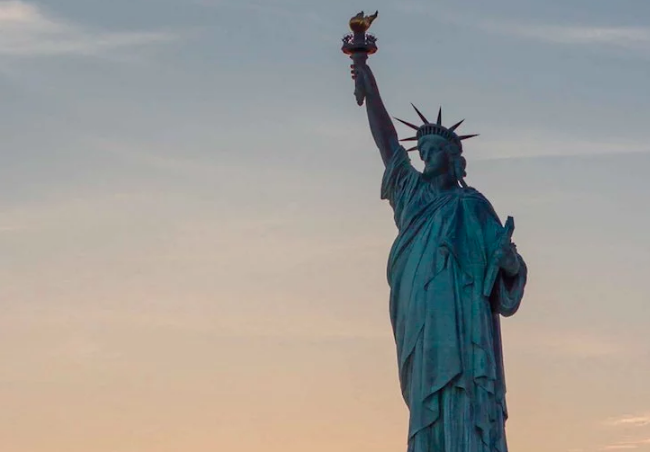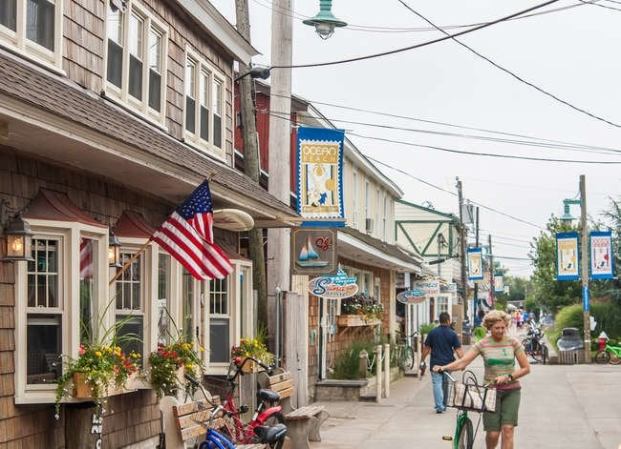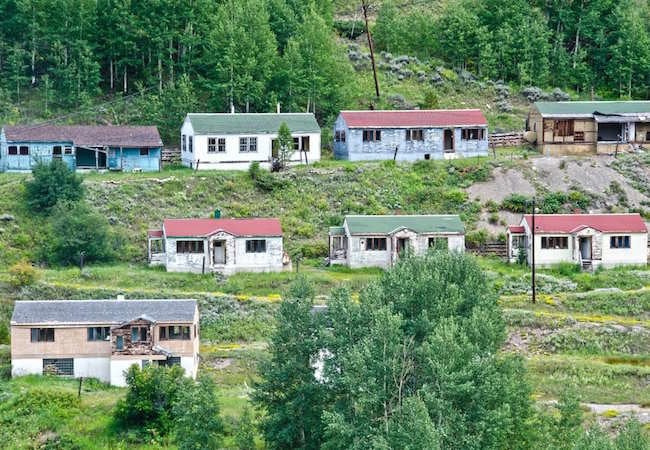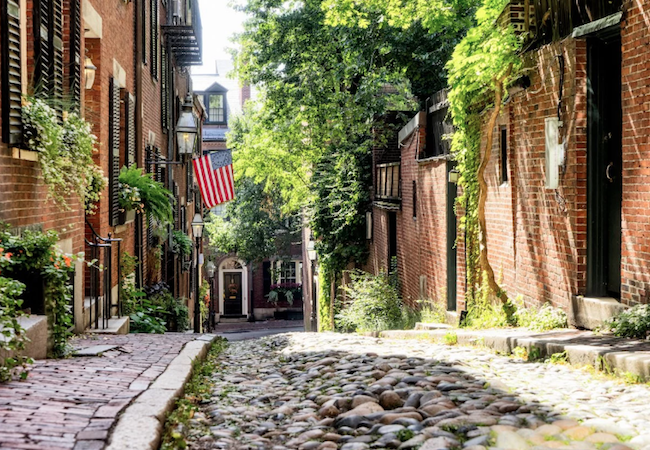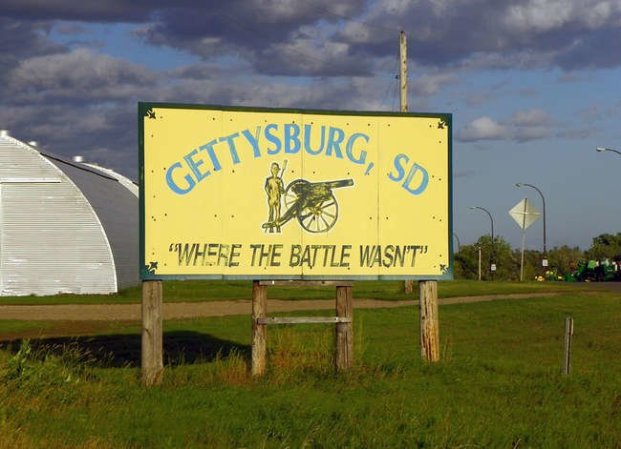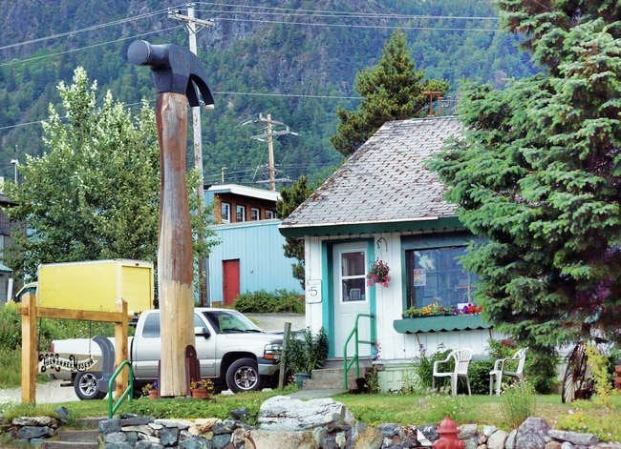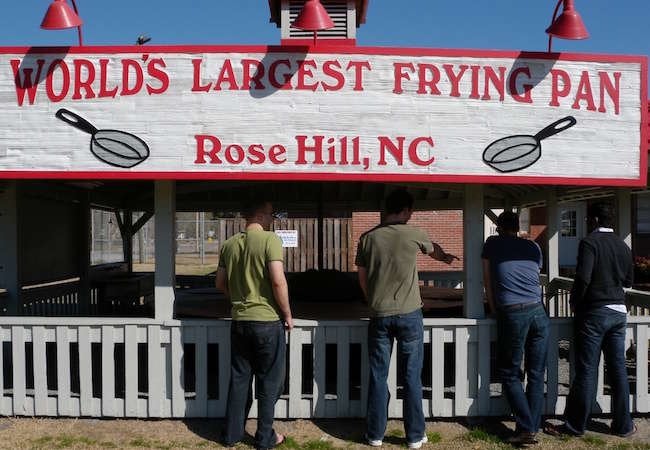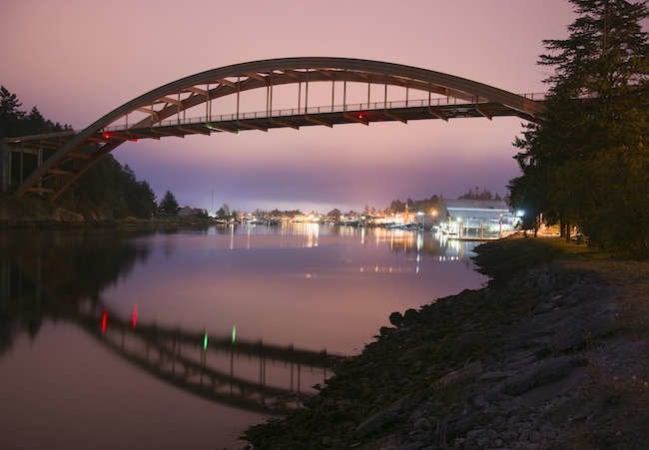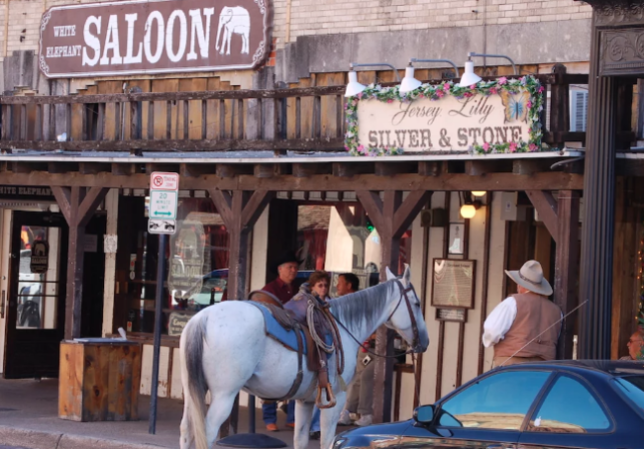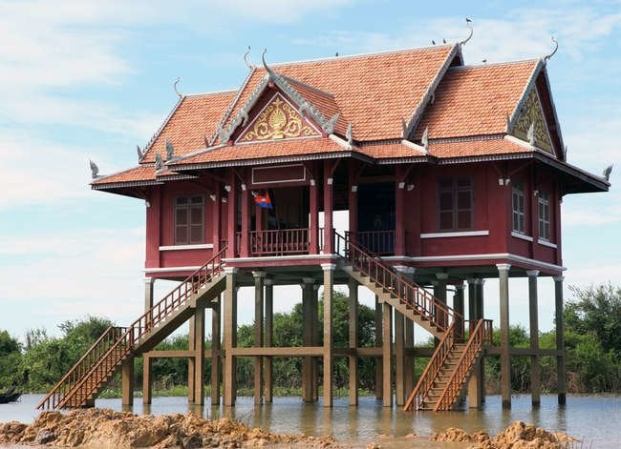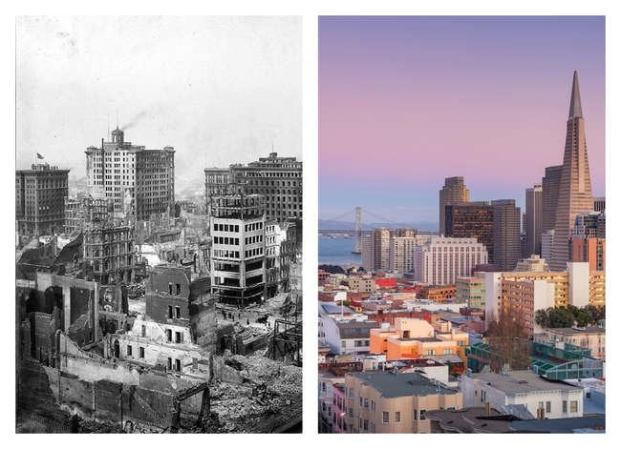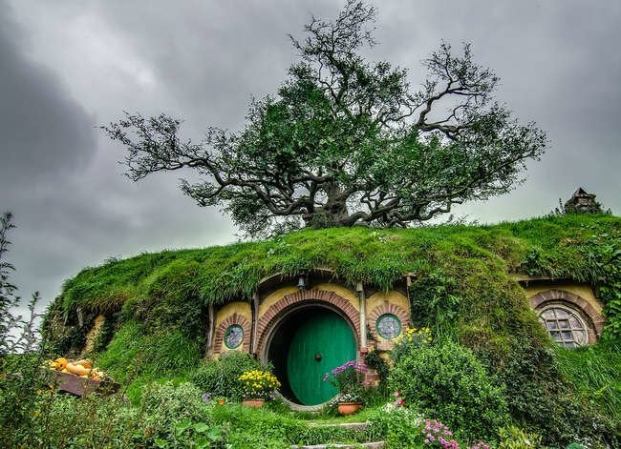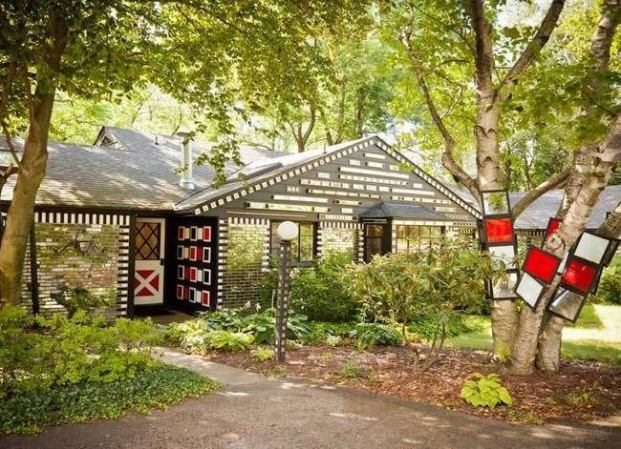We may earn revenue from the products available on this page and participate in affiliate programs. Learn More ›
The Liberty Bell, Philadelphia
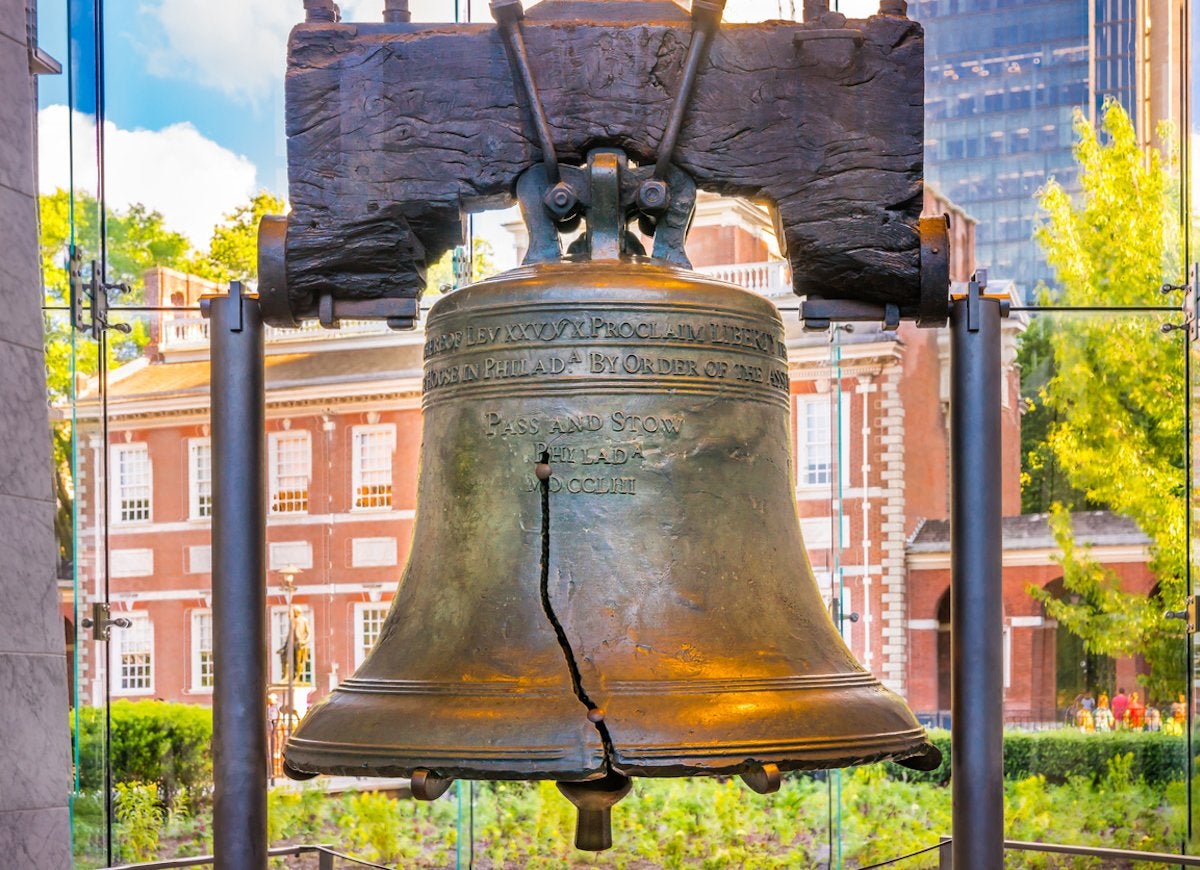
This iconic bell used to ring throughout the streets of Philadelphia to call its citizens to assemble. It remains an enduring symbol of the formative years of our nation’s government, even after sustaining a final, large crack on Washington’s Birthday in 1846, which silenced the bell forever.
The Lincoln Memorial, Washington, D.C.
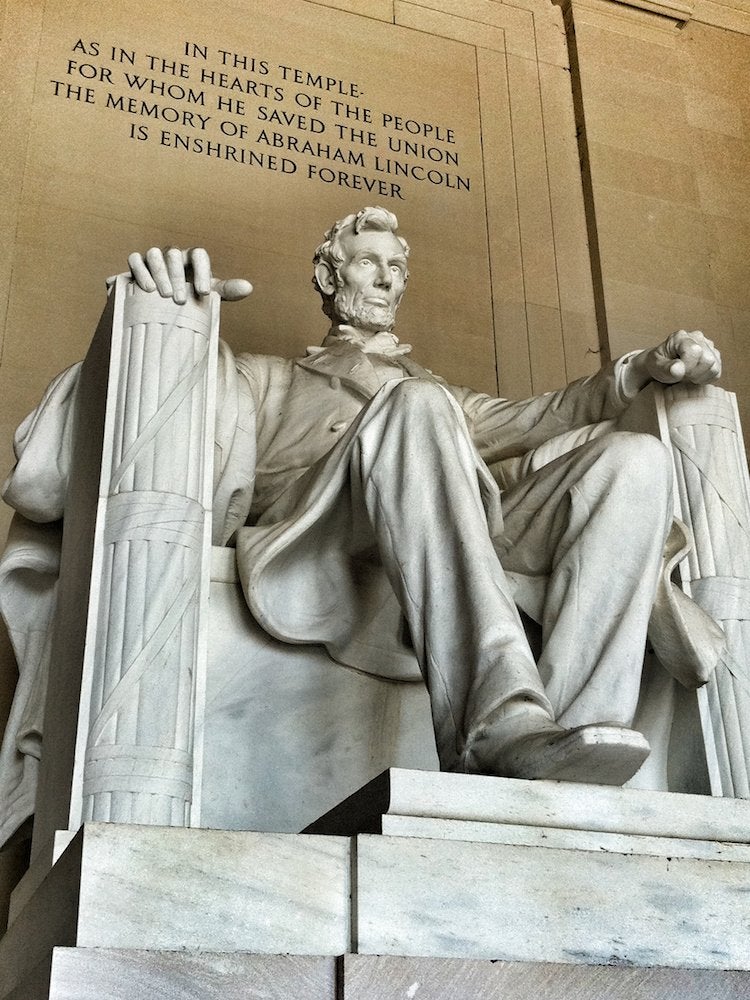
Located on the National Mall in Washington, D.C., the Lincoln Memorial was dedicated in 1922. It was the site of Martin Luther King Jr.’s famous “I Have a Dream” speech in 1963 and continues to serve as a backdrop for gatherings and protests.
Arlington National Cemetery, Virginia
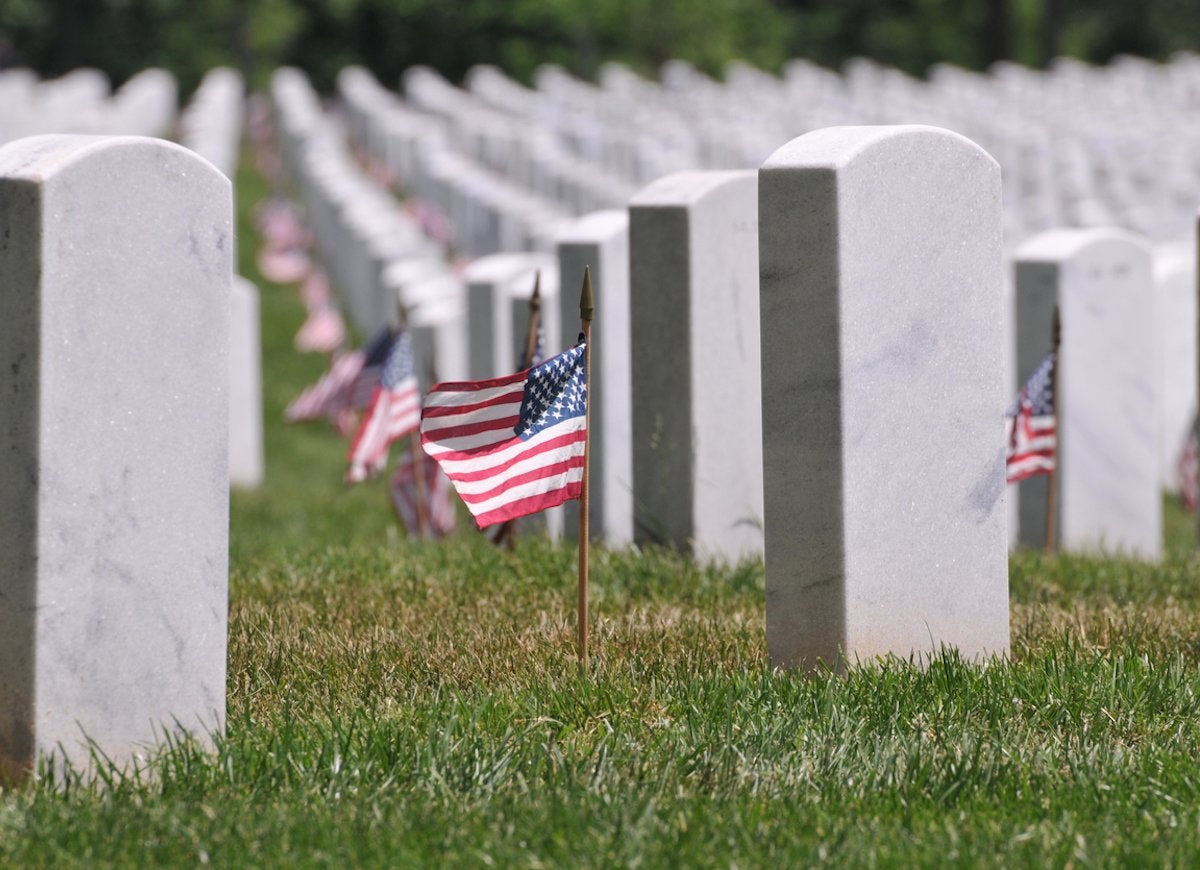
This 624-acre military cemetery, with rows upon rows of white tombstones, honors soldiers from all of our nation’s conflicts since the Civil War.
Appomattox Court House, Virginia
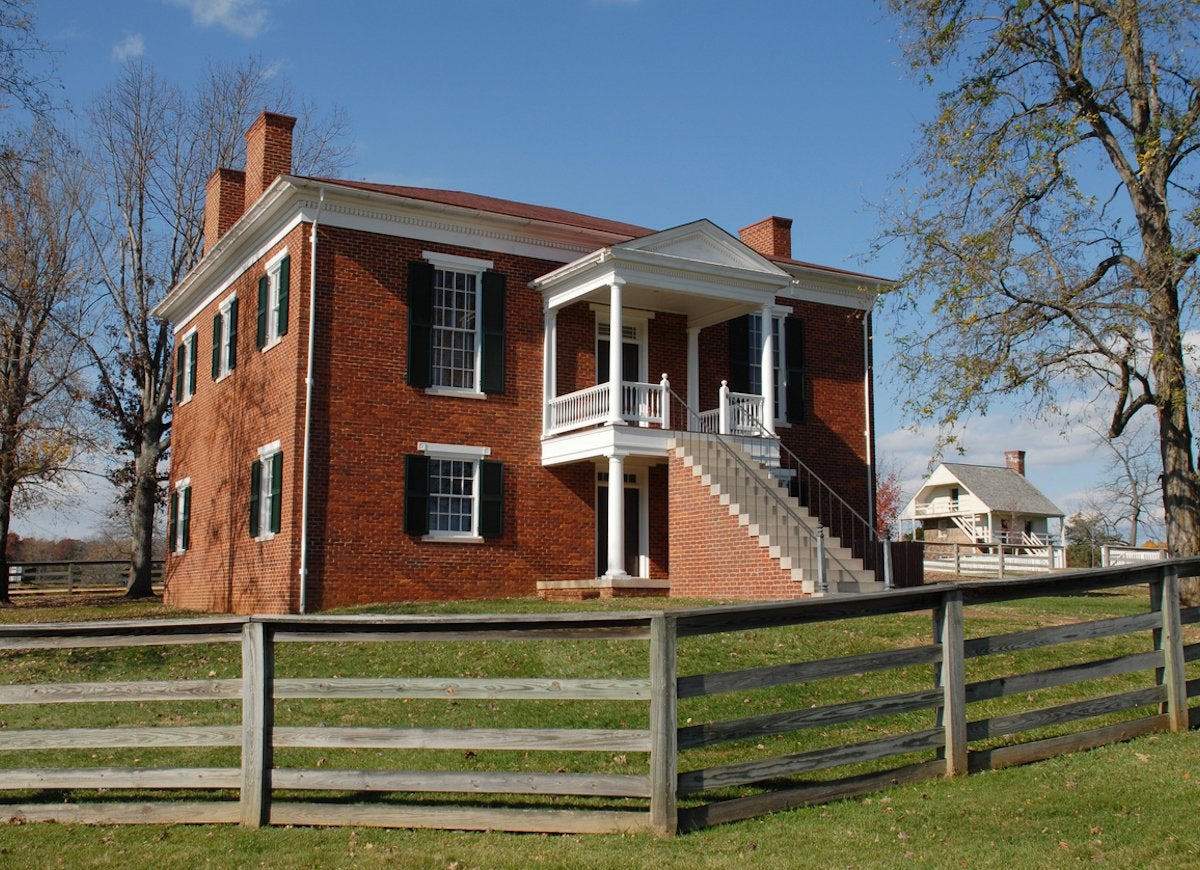
A historical park now encompasses the site of the Battle of Appomattox Court House, the last major engagement of the Civil War and the location where General Robert E. Lee surrendered to General Ulysses S. Grant in 1865, effectively ending the Civil War.
Related: America’s 50 Most Famous Houses
Minute Man National Historical Park, Concord, Massachusetts
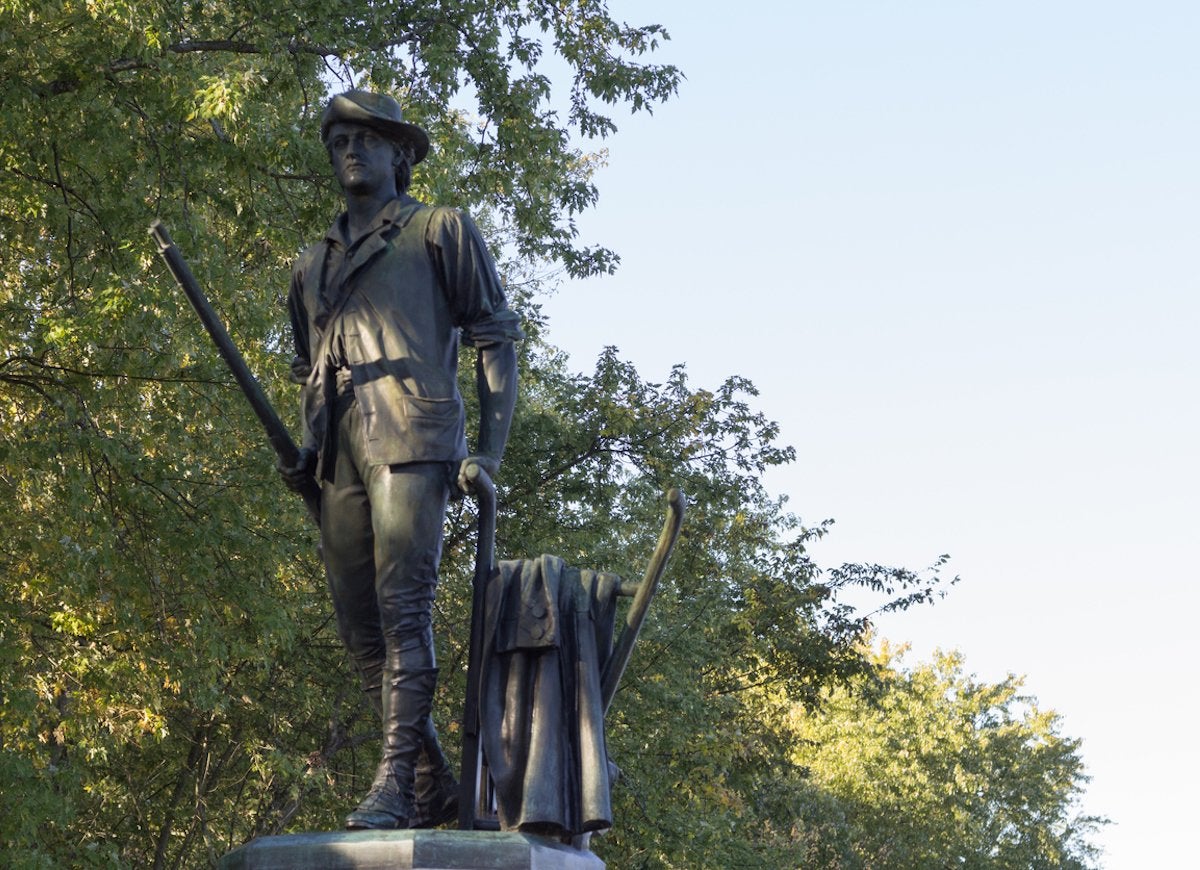
The first battles of the Revolutionary War are commemorated at this 970-acre historical park in Massachusetts, where you can visit structures from the time period and view archaeological artifacts. On the Fourth of July, there will even be a reading of the Declaration of Independence.
Martin Luther King Jr. Memorial, Washington, D.C.
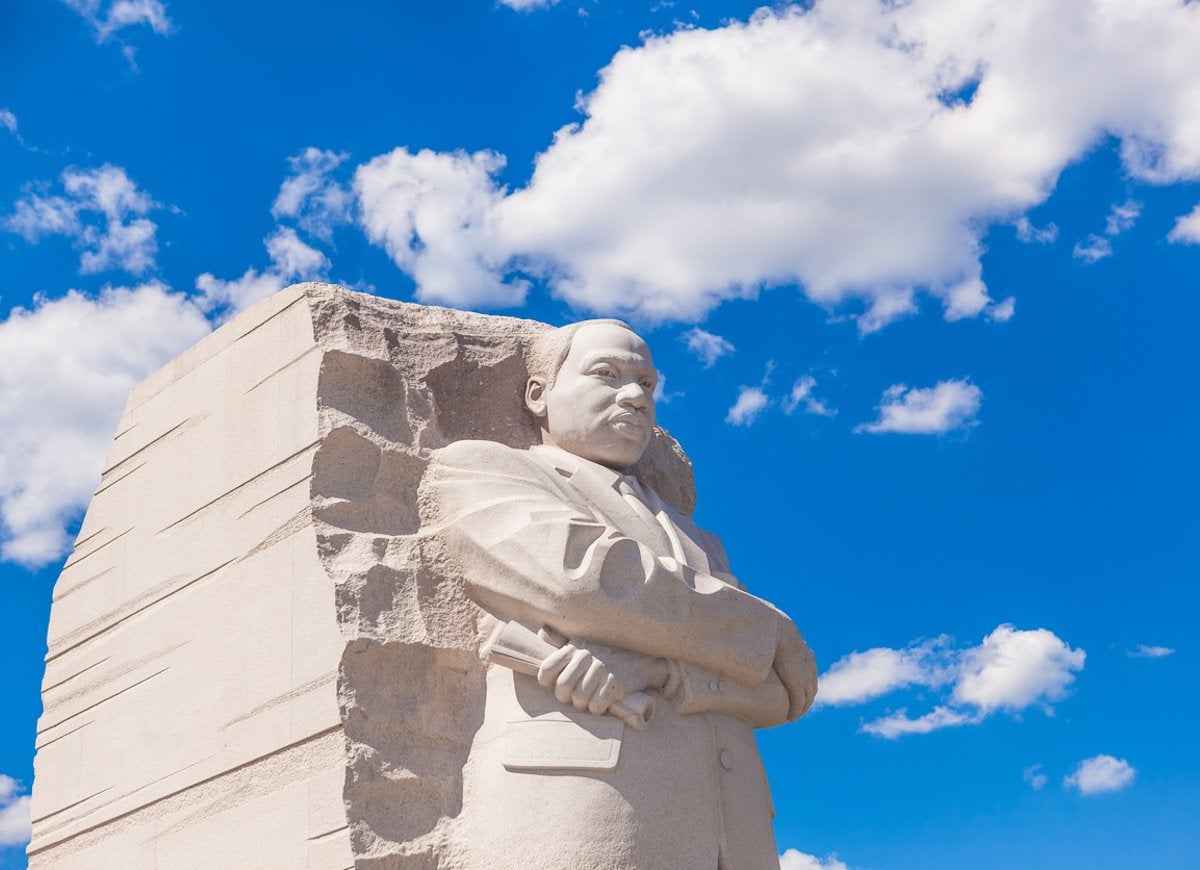
Civil rights leader and American hero Martin Luther King Jr. is remembered by this towering, 30-foot statue in West Potomac Park in Washington, D.C. The design, which shows Dr. King emerging from a rough-hewn mountain of granite, was inspired by a phrase from his famous “I Have a Dream” speech: “With this faith, we will be able to hew out of the mountain of
despair a stone of hope.”
The Statue of Liberty, New York City
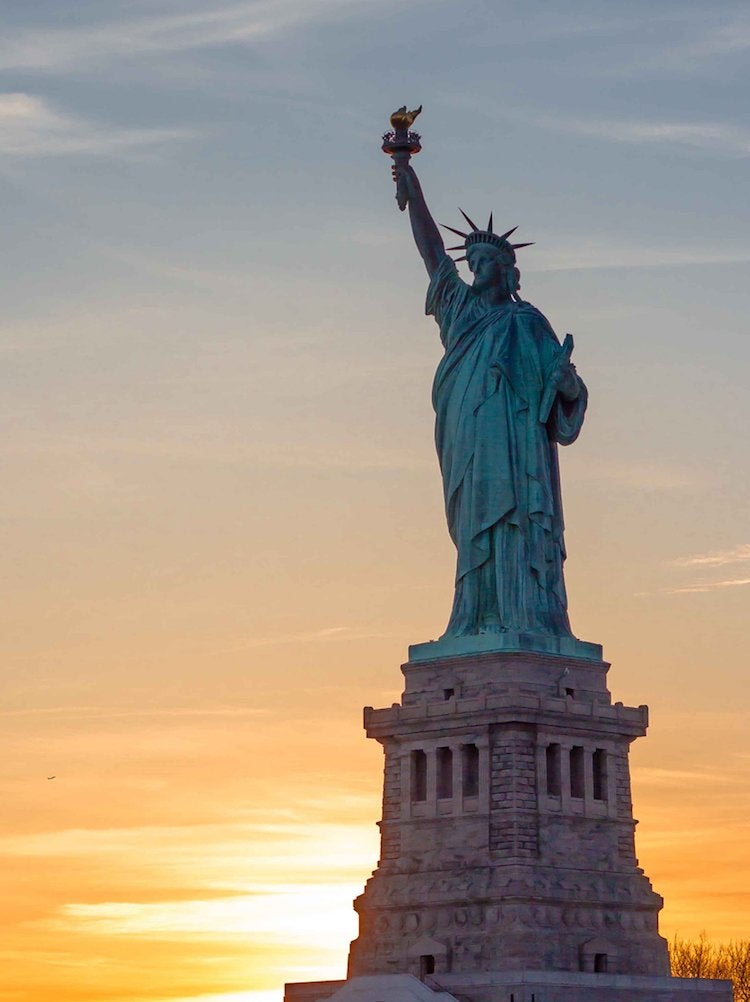
Still standing tall on Liberty Island in New York Harbor, this copper statue was a gift from France in 1886. Lady Liberty has long welcomed immigrants and visitors to New York City and has come to symbolize the American dream.
Ellis Island, New York City
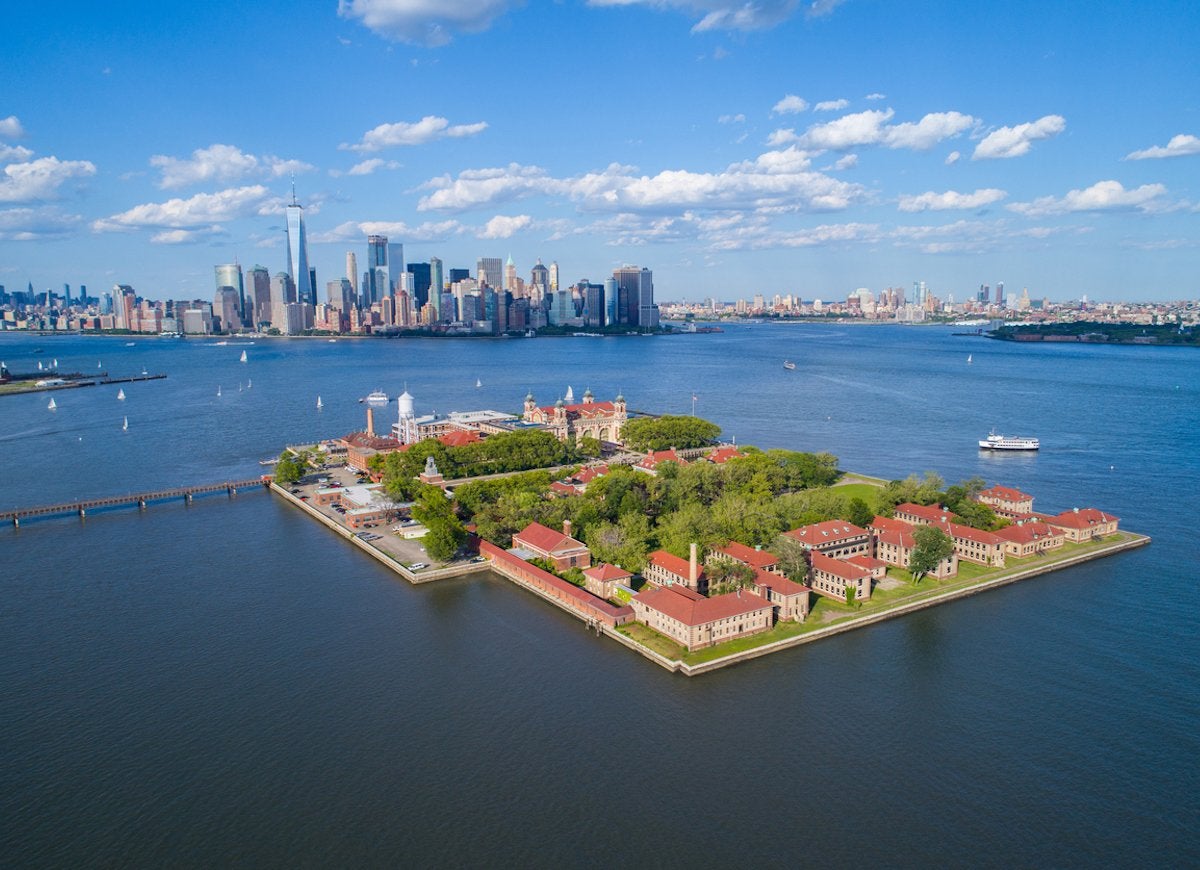
Thousands of immigrants passed through this inspection station from 1892 to 1954. Now part of Statue of Liberty National Monument, Ellis Island was restored in the 1980s and offers an interactive museum that explores the experiences of some of the 12 million immigrants who were processed on the island.
Boston Harbor, Massachusetts
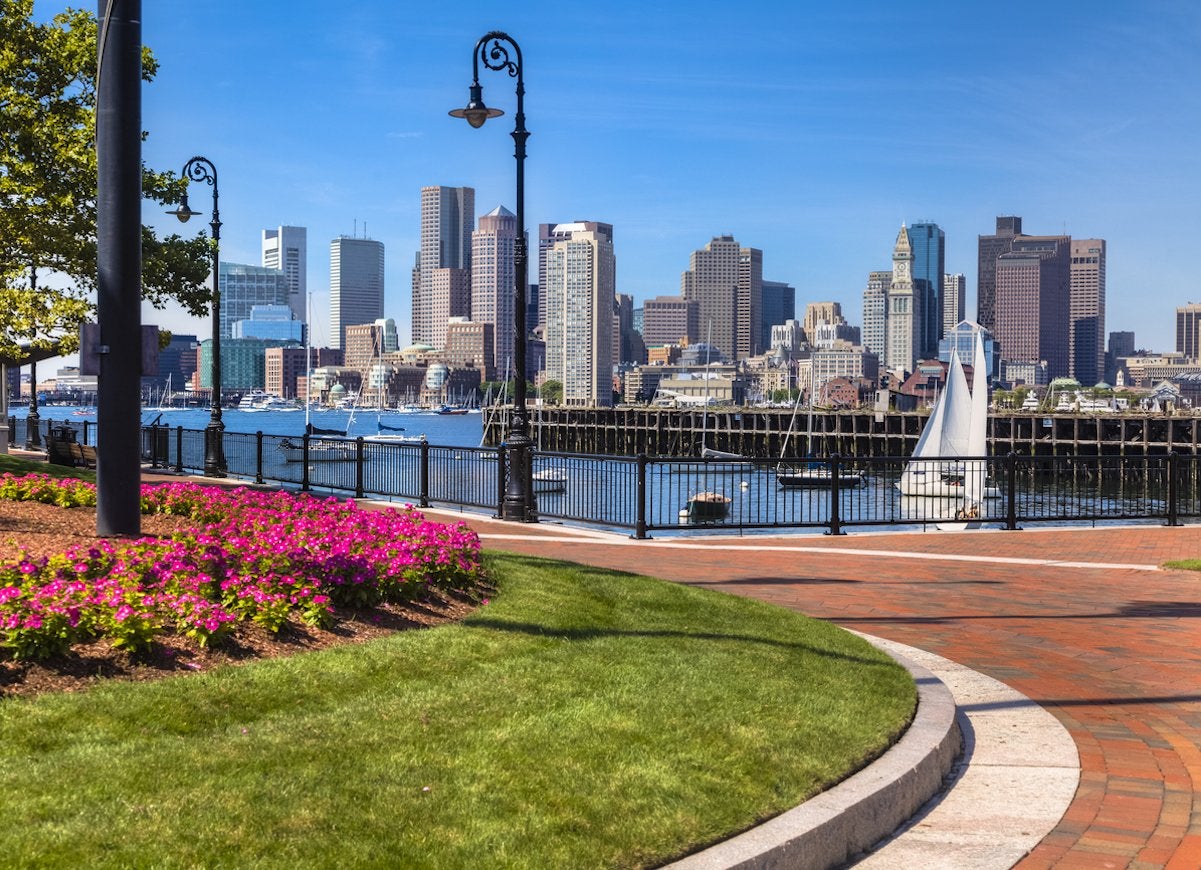
The now-revitalized harbor was the site of the famous Boston Tea Party political protest of 1773, one of the key events leading up to the Revolutionary War.
Harpers Ferry National Historical Park, West Virginia
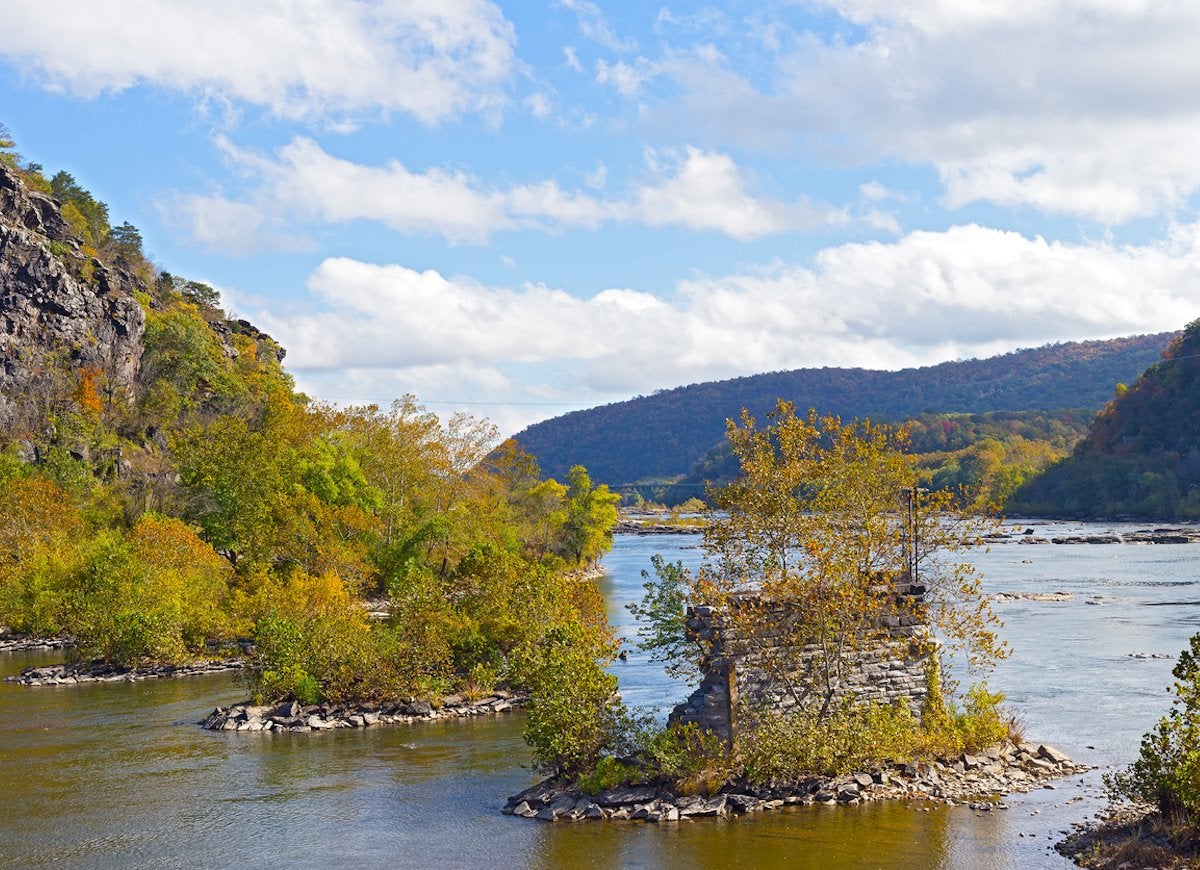
Located at the intersection of the Potomac and Shenandoah rivers, the park includes portions of West Virginia, Virginia, and Maryland, and was the location of abolitionist John Brown’s raid in 1859. Because the town lay strategically on the border between the Southern and Northern forces, it was hotly contested throughout the Civil War.
Related: 18 Small Towns with Strange Claims to Fame
Betsy Ross House, Philadelphia
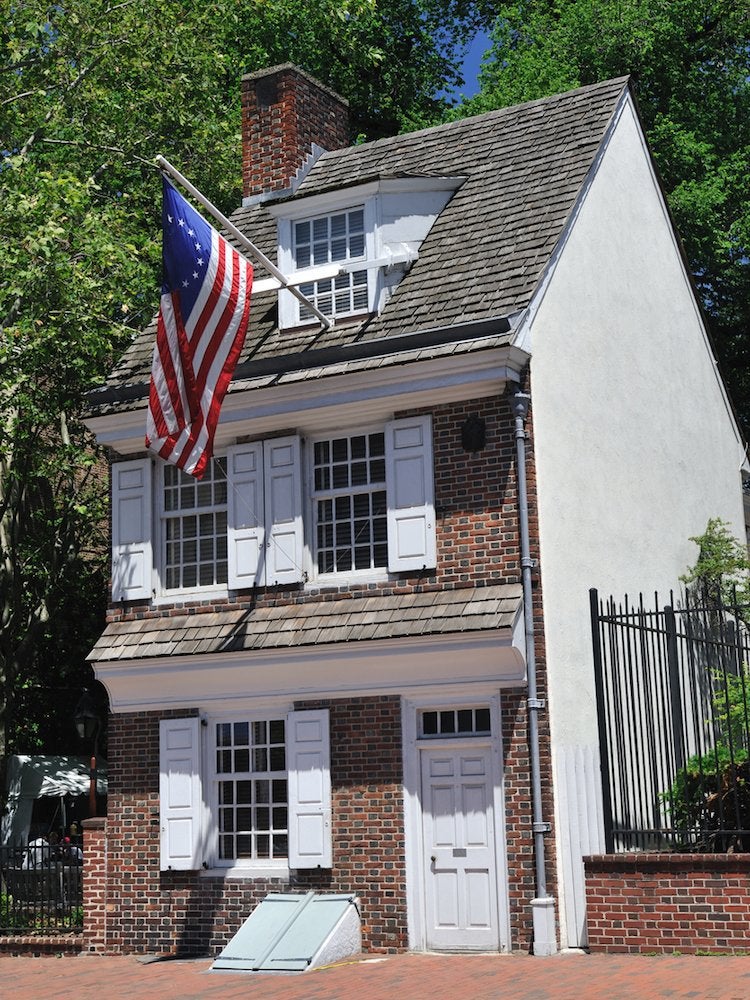
Betsy Ross is said to have lived in this house when she sewed the first American flag, although the accuracy of the story has been debated in modern times. Whatever the facts may be, the historic house is still one of the most popular tourist attractions in Philadelphia.
Related: 9 Mistakes You Should Never Make with the American Flag
First Landing State Park, Virginia Beach, Virginia
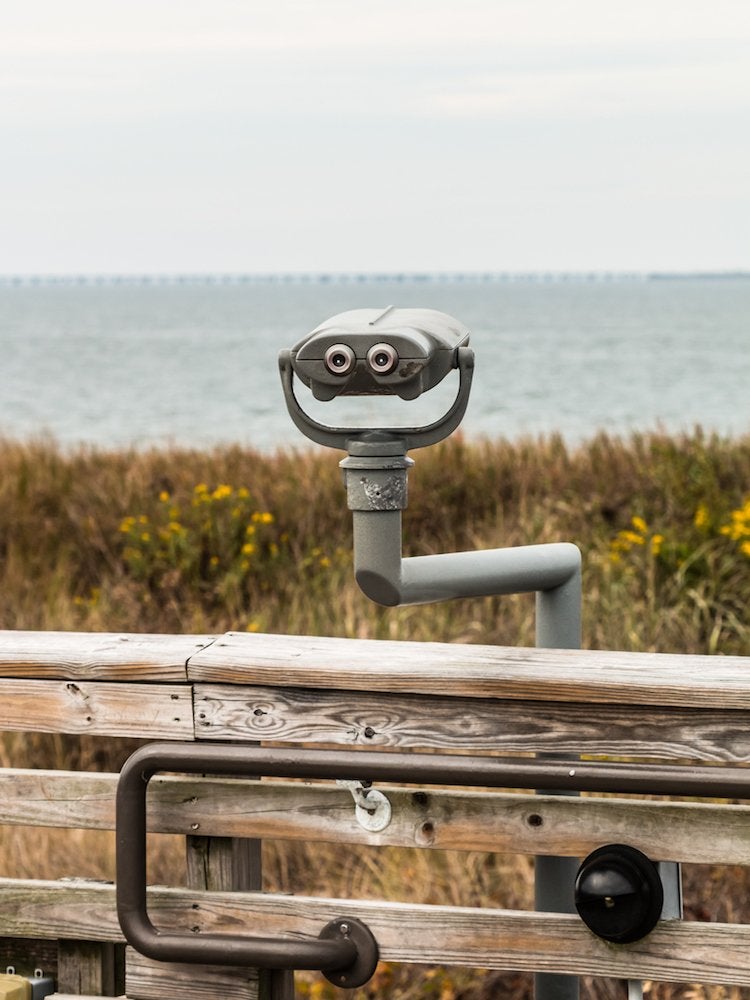
This aptly named state park honors the first landing of Christopher Newport and the Virginia Company colonists in 1607, before they established a permanent colony at Jamestown. In addition to a historical marker, the park offers miles of trails, a public beach, campsites, and cabins.
Liberty Memorial, Kansas City, Missouri
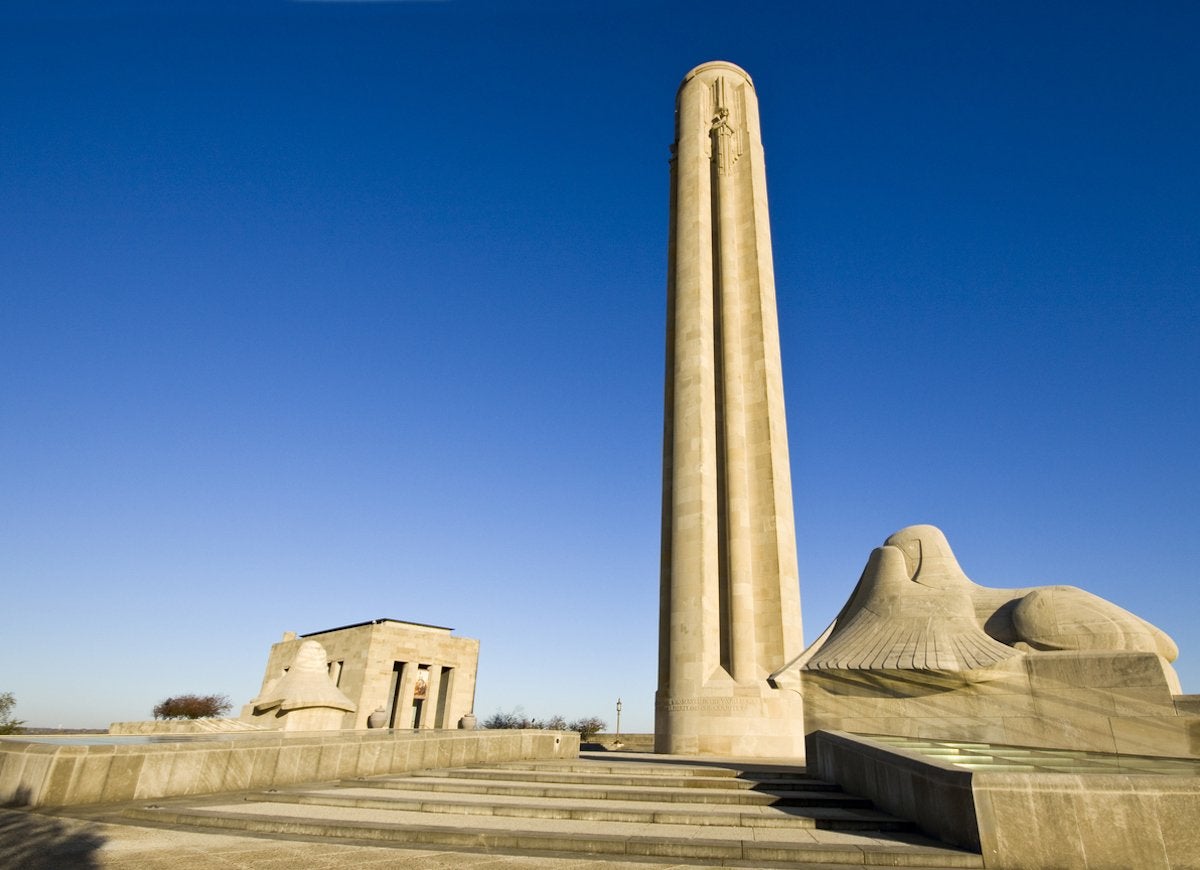
Located in Kansas City, Missouri, this memorial was conceived to commemorate those who had served in World War I. Local citizens raised $2.5 million to build the Egyptian Revival-style structures and grounds, which in 2014 were redesignated as the National World War I Museum and Memorial.
National World War II Memorial, Washington, D.C.
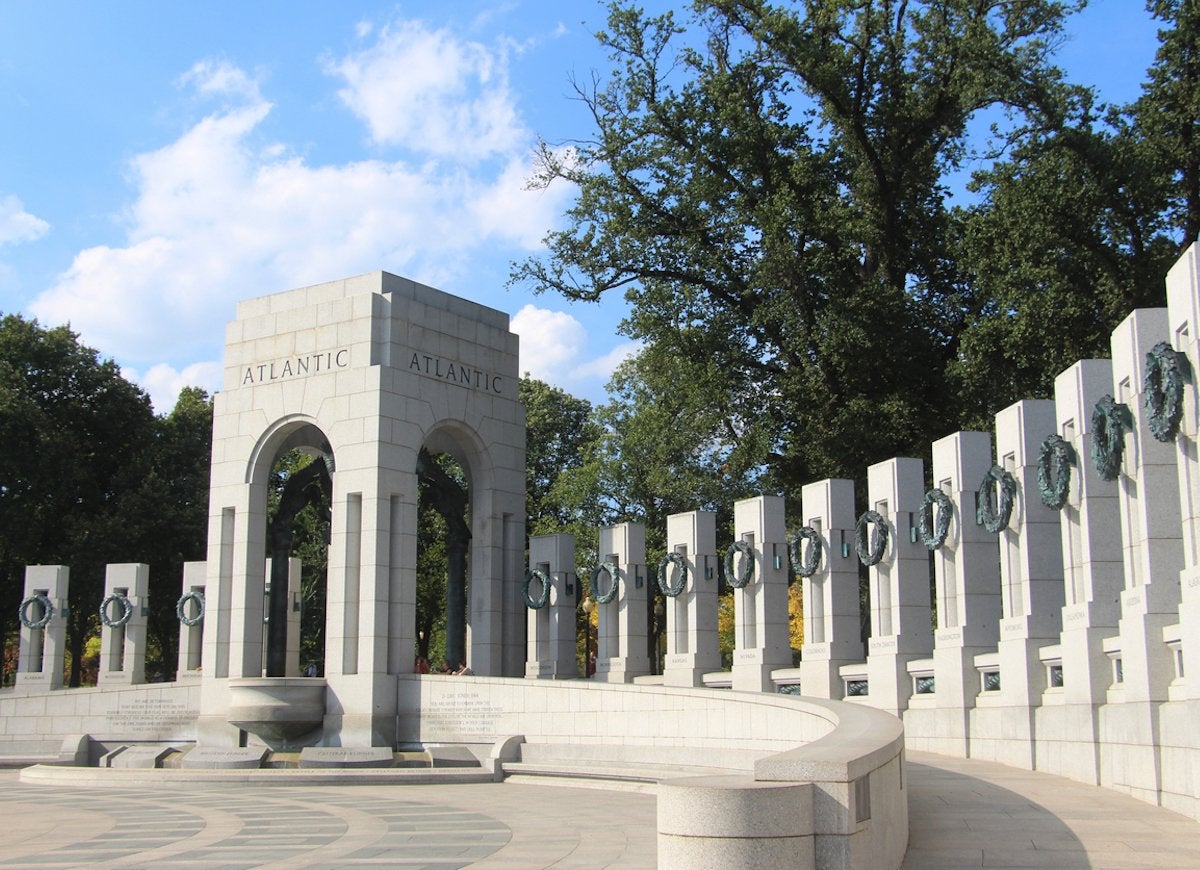
On the National Mall in Washington, D.C., this monument honors all those who served in World War II. It comprises two triumphal arches and a large fountain surrounded by 56 pillars—one for every U.S. state and territory in 1942. When the memorial was dedicated in 2004, surviving veterans from around the country were invited to witness the ceremony.
Booker T. Washington National Monument, Hardy, Virginia
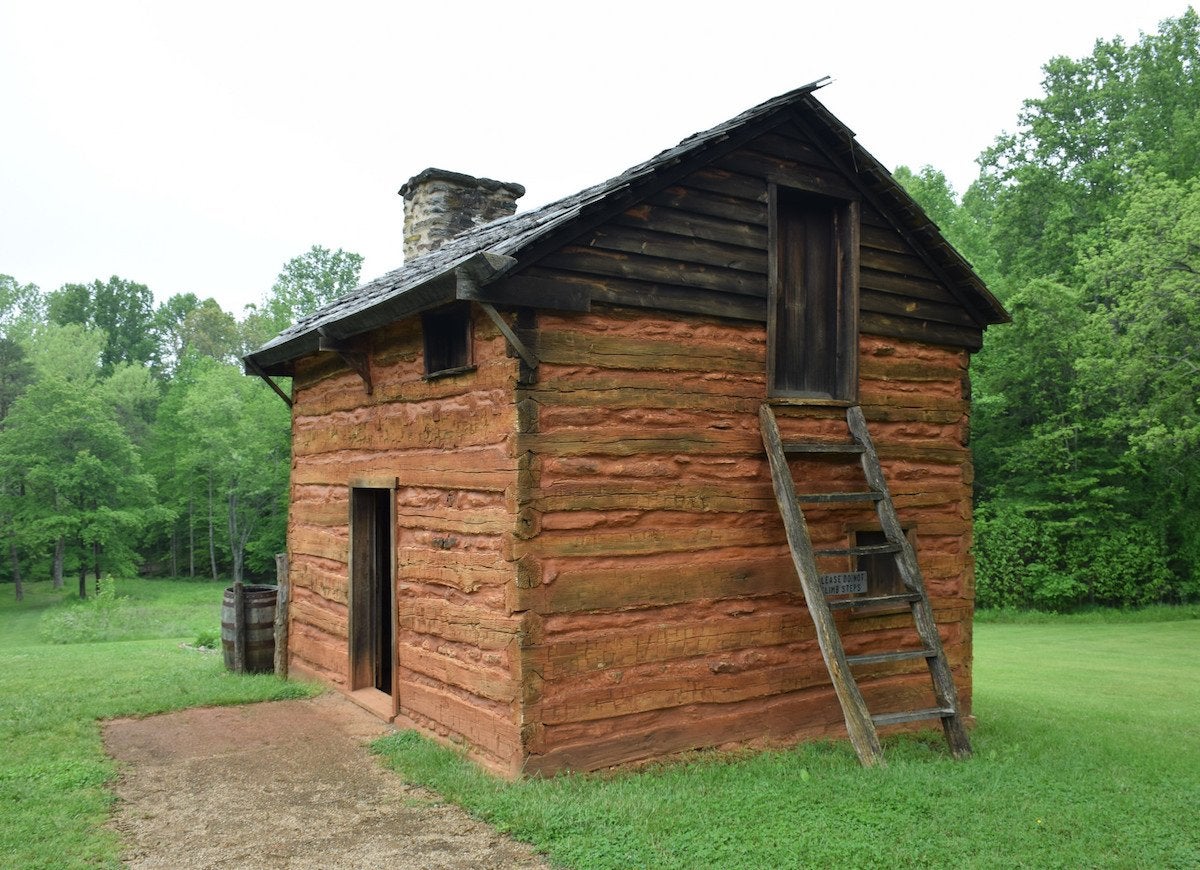
flickr.com via Todd Van Hoosear
This site memorializes the place where Booker T. Washington was born into slavery in 1856. It also pays tribute to his later life as a leader of the African-American community, a founder of Tuskegee Institute, and adviser to several presidents.
Manassas National Battlefield, Virginia
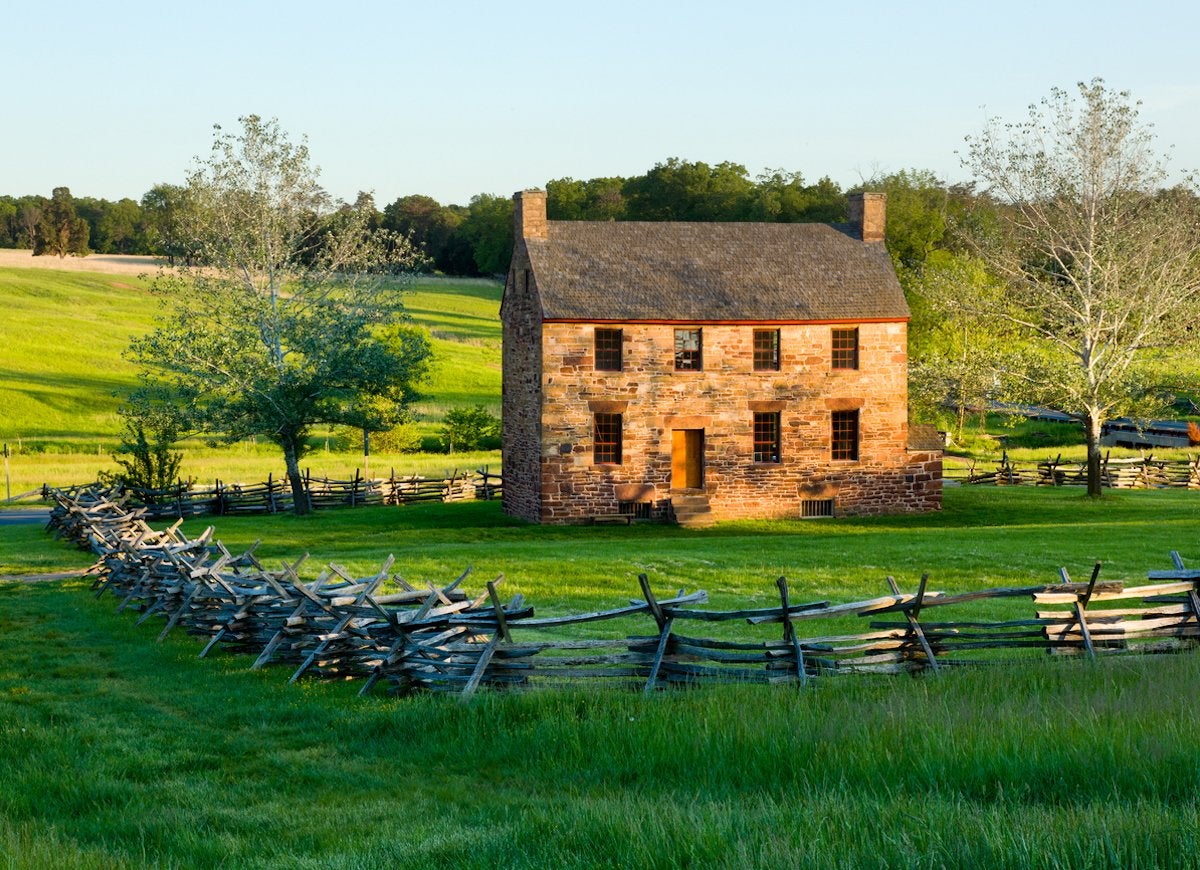
This peaceful Virginia countryside witnessed two major Civil War battles and was the place where Confederate General Thomas J. Jackson earned the nickname “Stonewall.” Visitors today can walk along the historic battlegrounds, view the exhibits, and participate in informative ranger-led programs.
Related: 18 American Towns Every Old-House Lover Needs to See
USS Arizona Memorial at Pearl Harbor, Hawaii
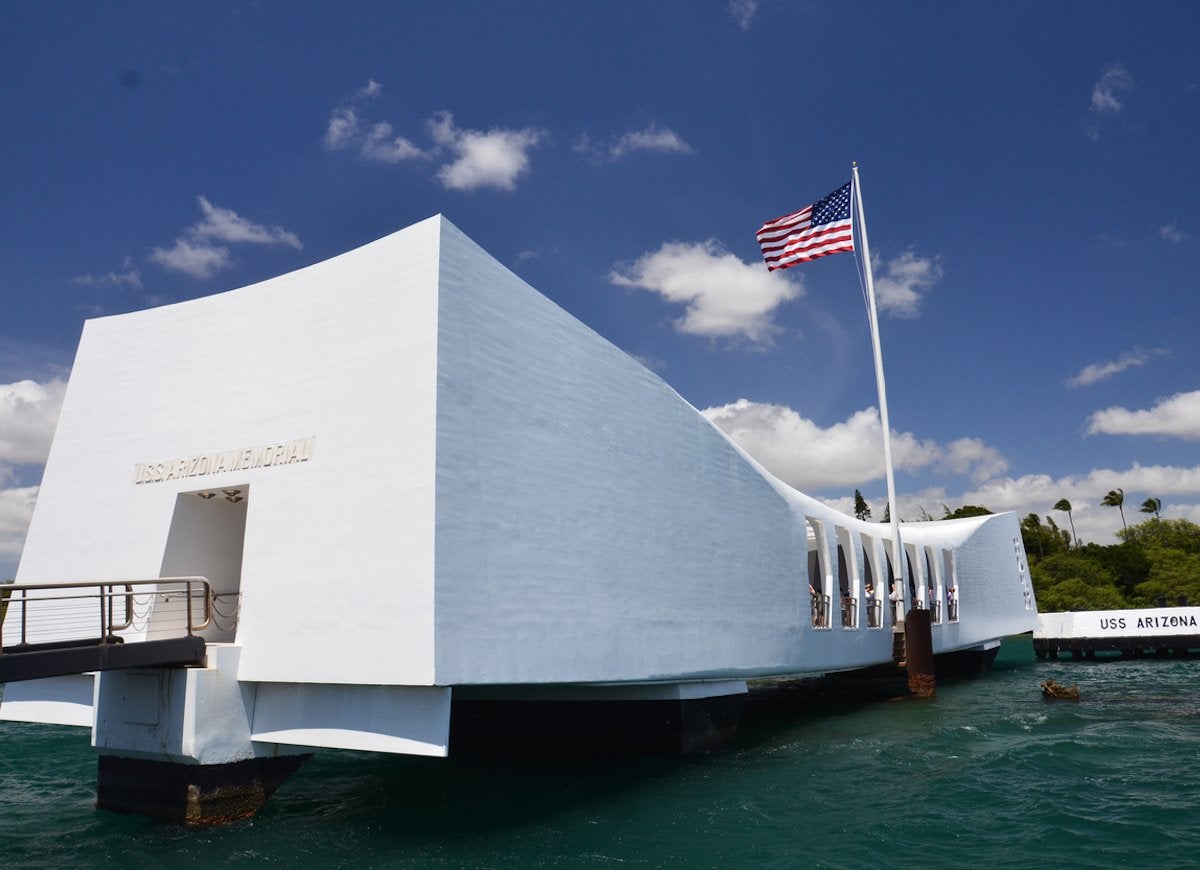
Many have honored the 1,177 sailors and marines of the USS Arizona killed during the 1941 attack on Pearl Harbor by visiting this floating memorial that straddles the sunken hull of the battleship. While the memorial is closed indefinitely for structural repairs, visitors can obtain tickets for a free, narrated boat tour that passes by the memorial.
Navajo Code Talkers Memorial, Window Rock, Arizona
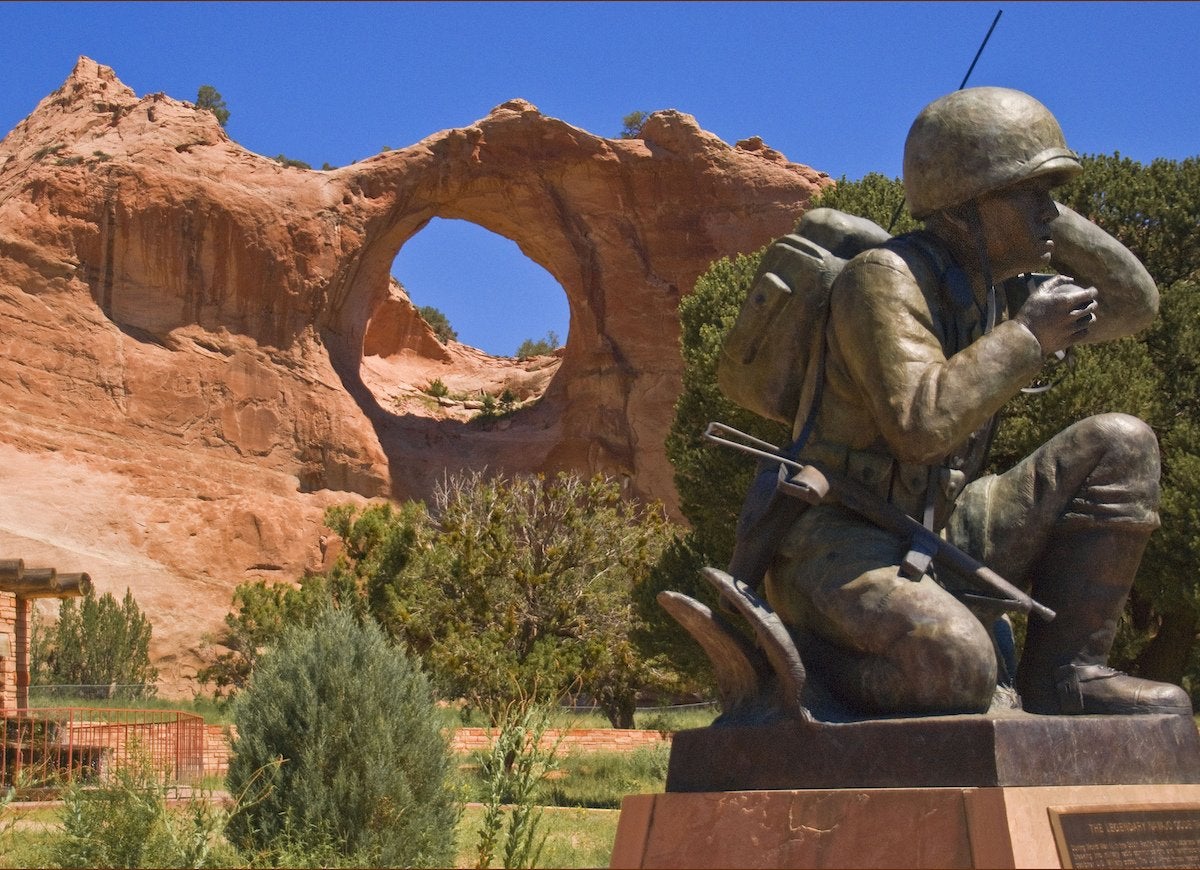
flickr.com via Ron Cogswell
During World War II, coded radio transmissions relayed tactical information to Allied troops. If that secret data was intercepted by the enemy, it would have doomed missions—and the soldiers carrying them out. As enemy cryptographers became more skilled at deciphering American code, a group of Marines from the Navajo tribe made their mark. These men were recruited to use their tongue, the Navajo language, as the basis for a code that was never cracked by Axis forces. This memorial honors their service and sheds light on a fascinating slice of military history.
Colonial Williamsburg, Virginia
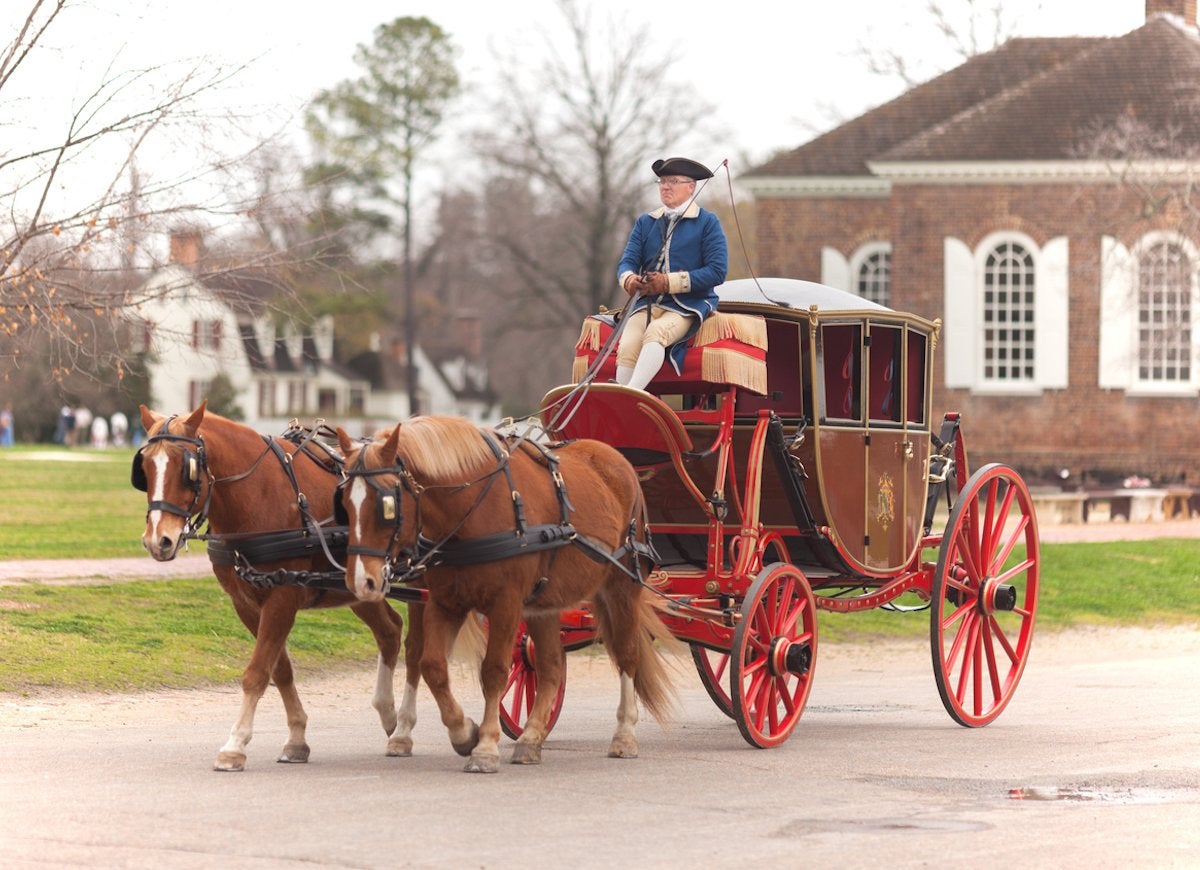
This sprawling living history museum re-creates life in the colonial town that was once the capital of Virginia. The park includes dozens of restored and reconstructed buildings, exhibits that demonstrate crafts and trades of the era, and ample shopping and dining opportunities.
Related: 25 Tiny Towns to Visit for a Glimpse at How We Used to Live
Women's Rights National Historical Park, Seneca Falls, New York
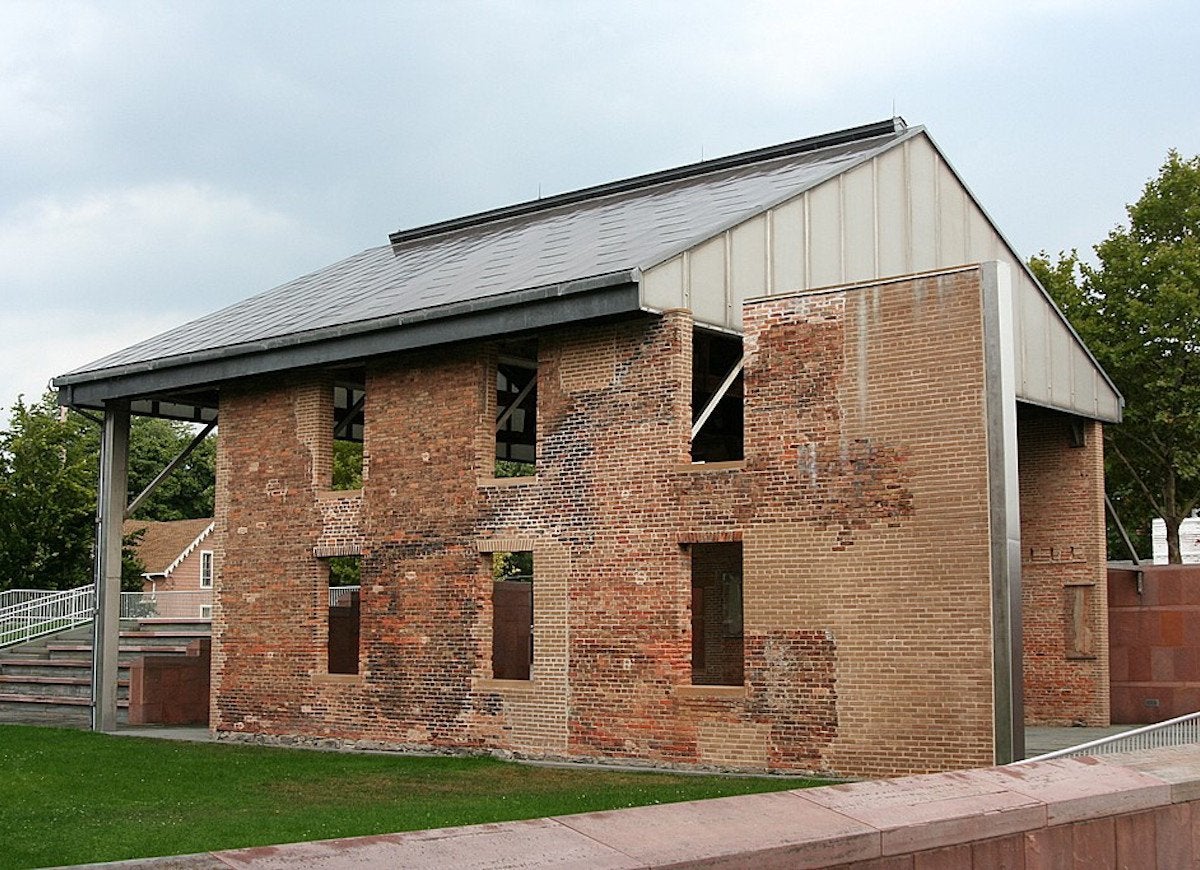
flickr.com via Erin
Located in central New York, this park includes the Wesleyan Methodist Church, the site of the Seneca Falls Convention in 1848, the first women’s rights convention. Visitors can also tour the homes of several women’s rights activists, including Elizabeth Cady Stanton.
Related: 13 U.S. Icons That Are Falling Apart
Bering Land Bridge National Preserve, Nome, Alaska
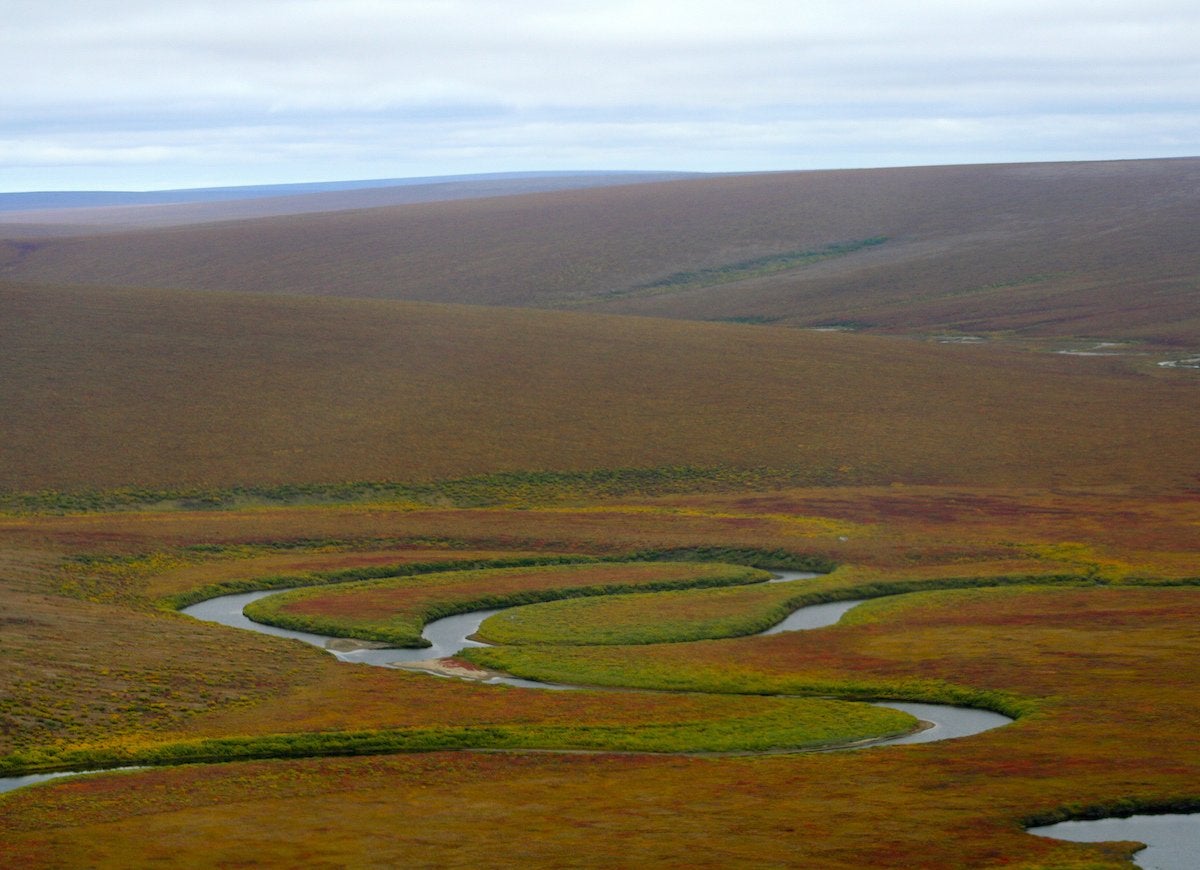
flickr.com via Bering Land Bridge National Preserve
Located on the Seward Peninsula in Alaska, this national preserve protects a remnant of the land bridge that once connected North America to Asia during the Ice Age. For years historians believed this bridge was how ancient humans migrated to the Americas, and although some recent research may indicate otherwise, it remains a symbolically important stretch of land today.
Related: 20 American Treasures to See Now—Before They Disappear
Washington Monument, Washington, D.C.
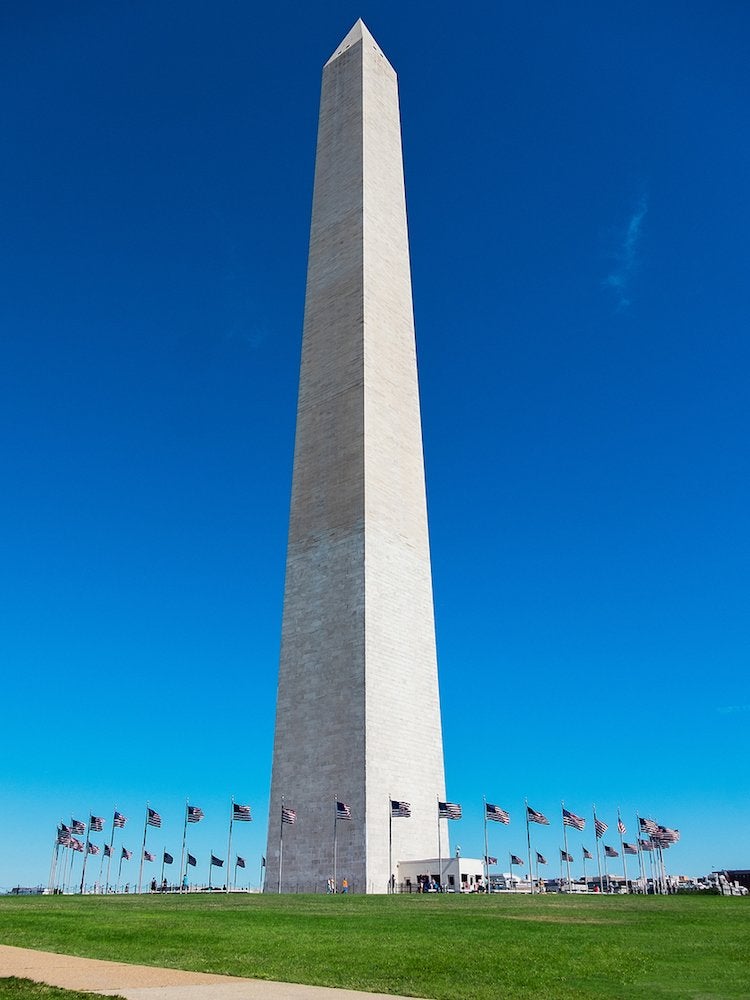
This 555-foot obelisk standing in the center of the National Mall in Washington, D.C., is the world’s tallest stone structure. Construction of this monument to George Washington was begun in 1848 but not completed until 1888. (The interior is, unfortunately, closed until spring of 2019.)
Jamestown Settlement, Virginia
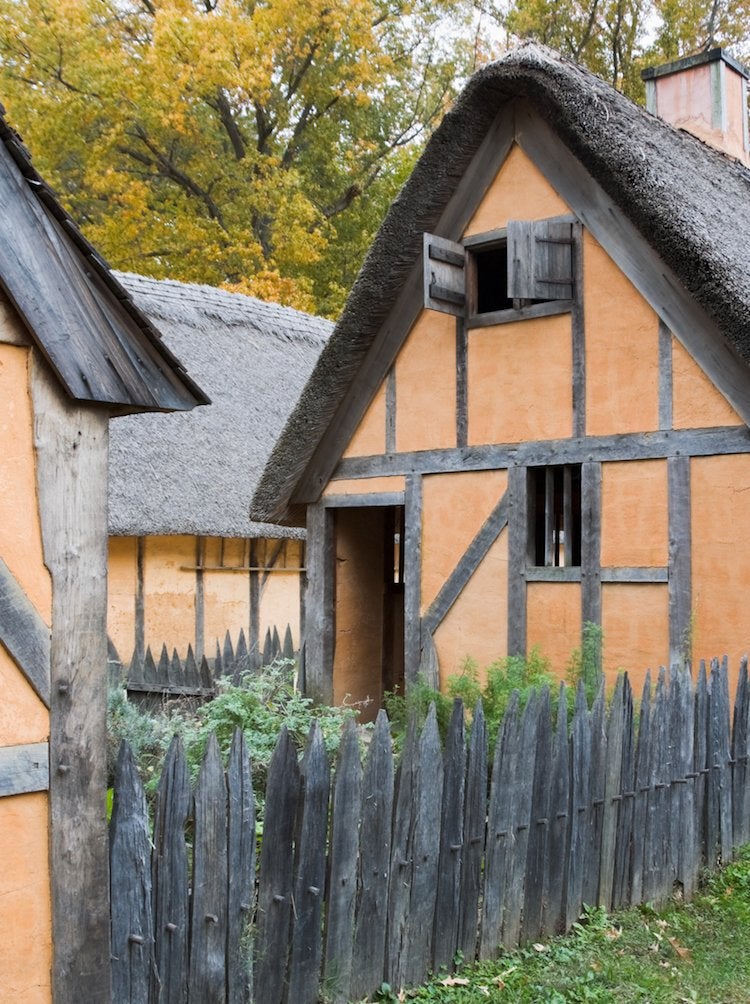
Step back to the very beginning of America’s colonial roots at the Jamestown Settlement, a living history museum that celebrates the first successful English settlement in the colonies, established in the early 1600s. The location offers recreations of James Fort, a Powhatan Indian Village, and replicas of the three ships that transported the colonists to the New World.
Related: 13 Homes from the Original Colonies That Still Stand Today
Yellowstone National Park, Wyoming
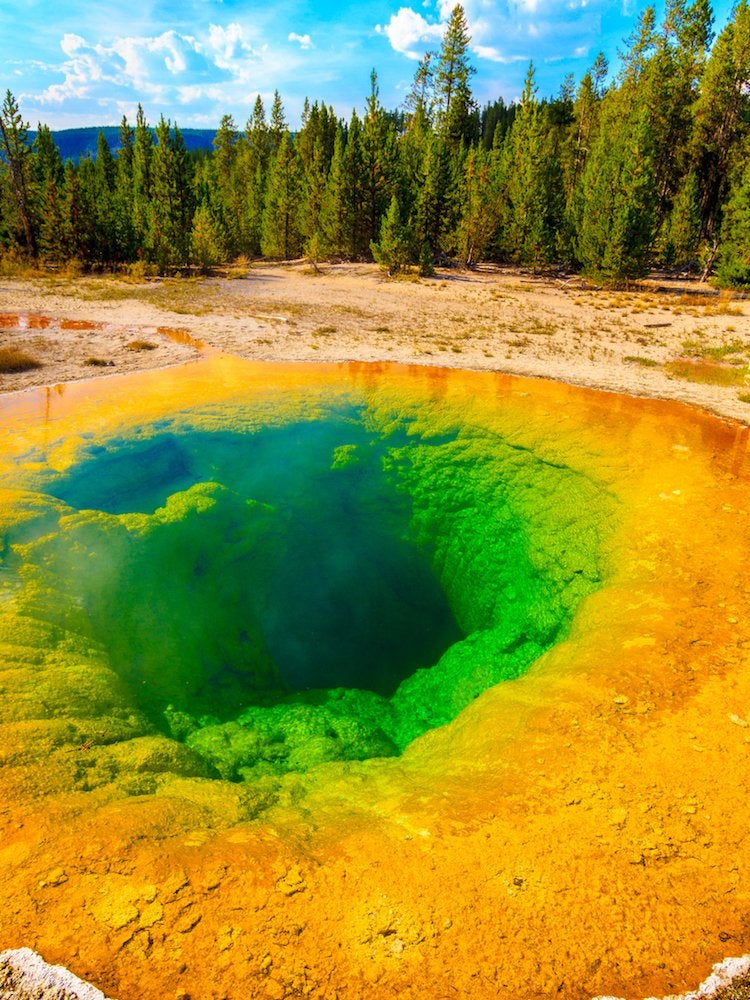
The Old Faithful geyser spouts reliably (and impressively) in this iconic American park bridging Wyoming, Montana, and Idaho. It has been a jewel in our country’s crown ever since it became the first national park in the United States in 1872.
Related: 10 National Parks That Look More Stunning in the Snow
Lincoln Home National Historic Site, Springfield, Illinois
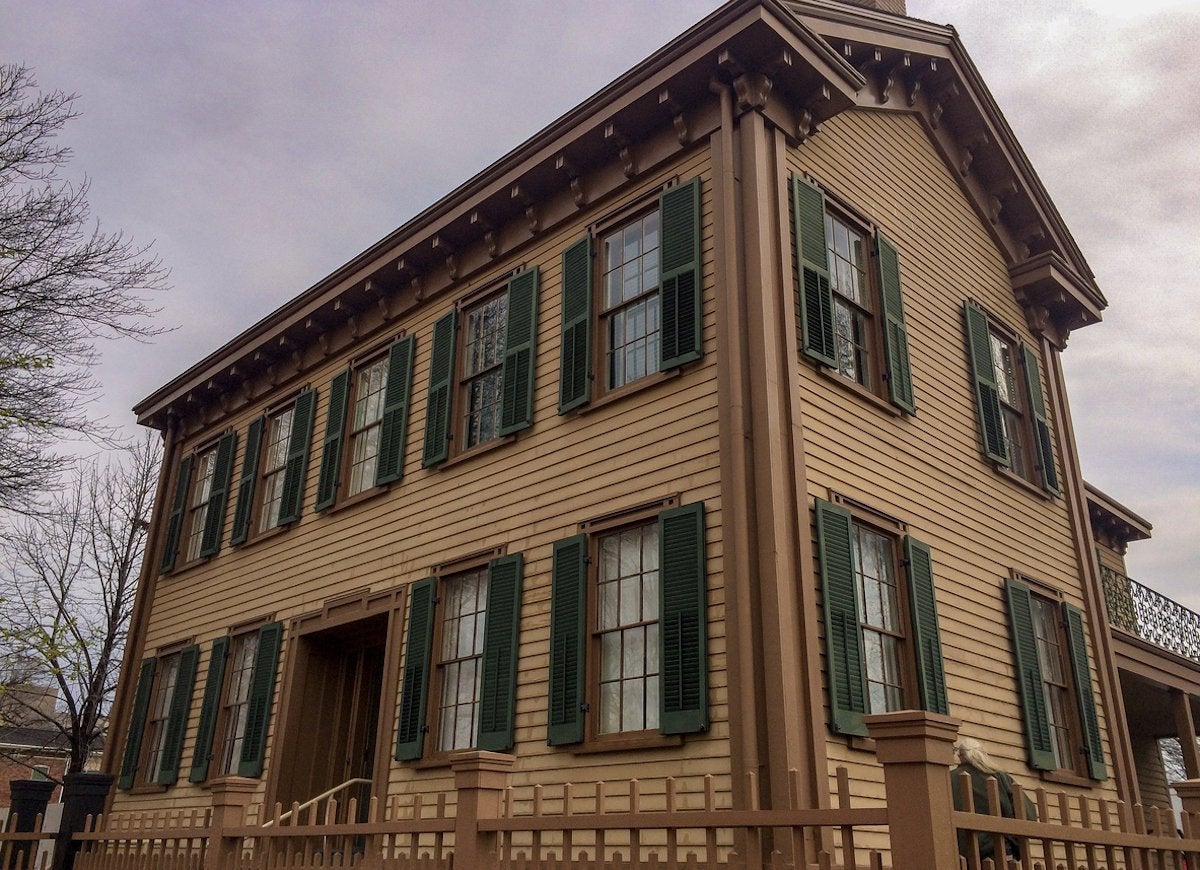
Before he became the 16th president of the United States, Abraham Lincoln lived in this home in Springfield, Illinois, which he purchased with his wife in 1844 and where three of his four sons were born. The historic site encompasses a visitor center as well as the four blocks surrounding the home.
National Museum of African American History and Culture, Washington, D.C.
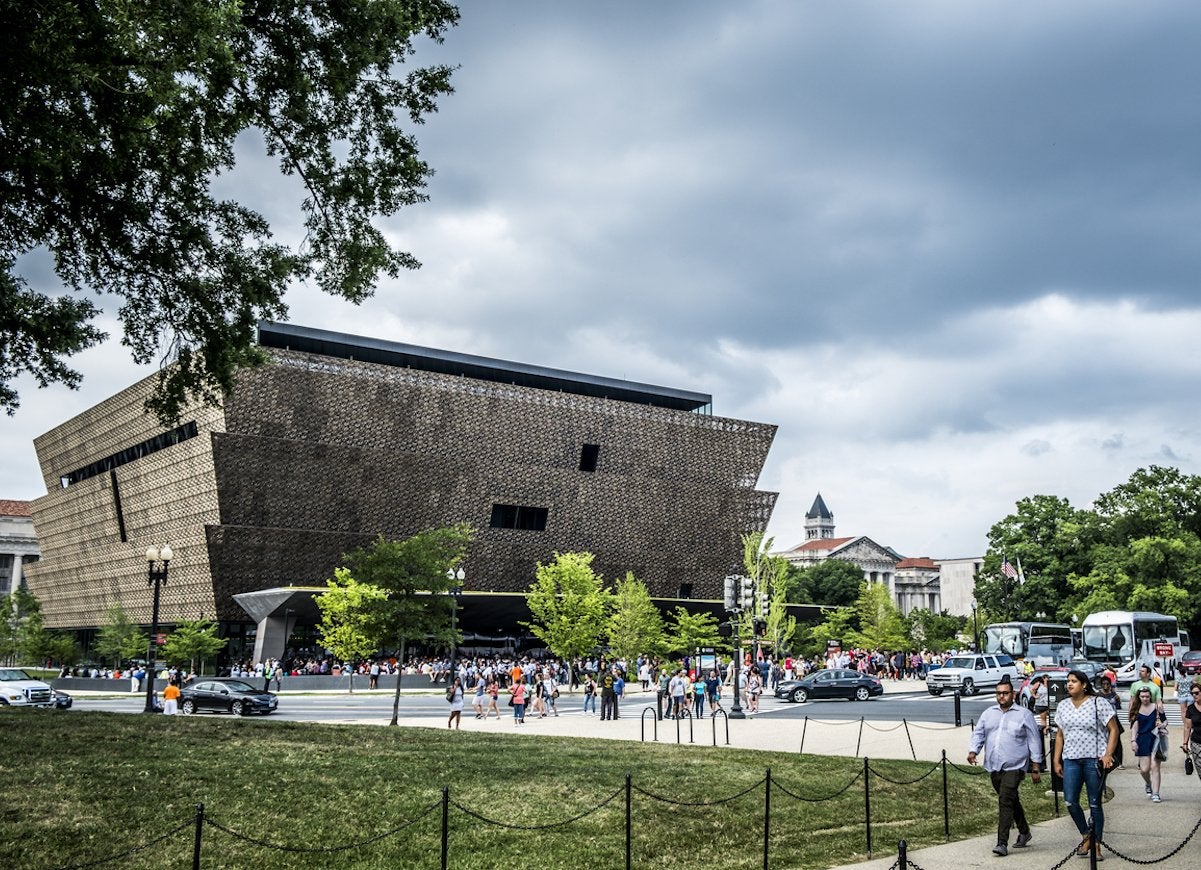
Opened in 2016, the newest Smithsonian museum on the National Mall honors African-American history with more than 37,000 objects and photos. The three-tiered building has the shape of a corona, or crown, referencing a traditional West African column capital.
Related: 15 Places Every American Should Visit at Least Once
Fort McHenry, Baltimore, Maryland

This pentagonal fort stood guard over Baltimore Harbor during the War of 1812, and its successful defense inspired Francis Scott Key to write “The Star-Spangled Banner.” It continued to be an active fort for decades, until it became a national park in 1925.
National Historic Oregon Trail Interpretive Center, near Baker City, Oregon
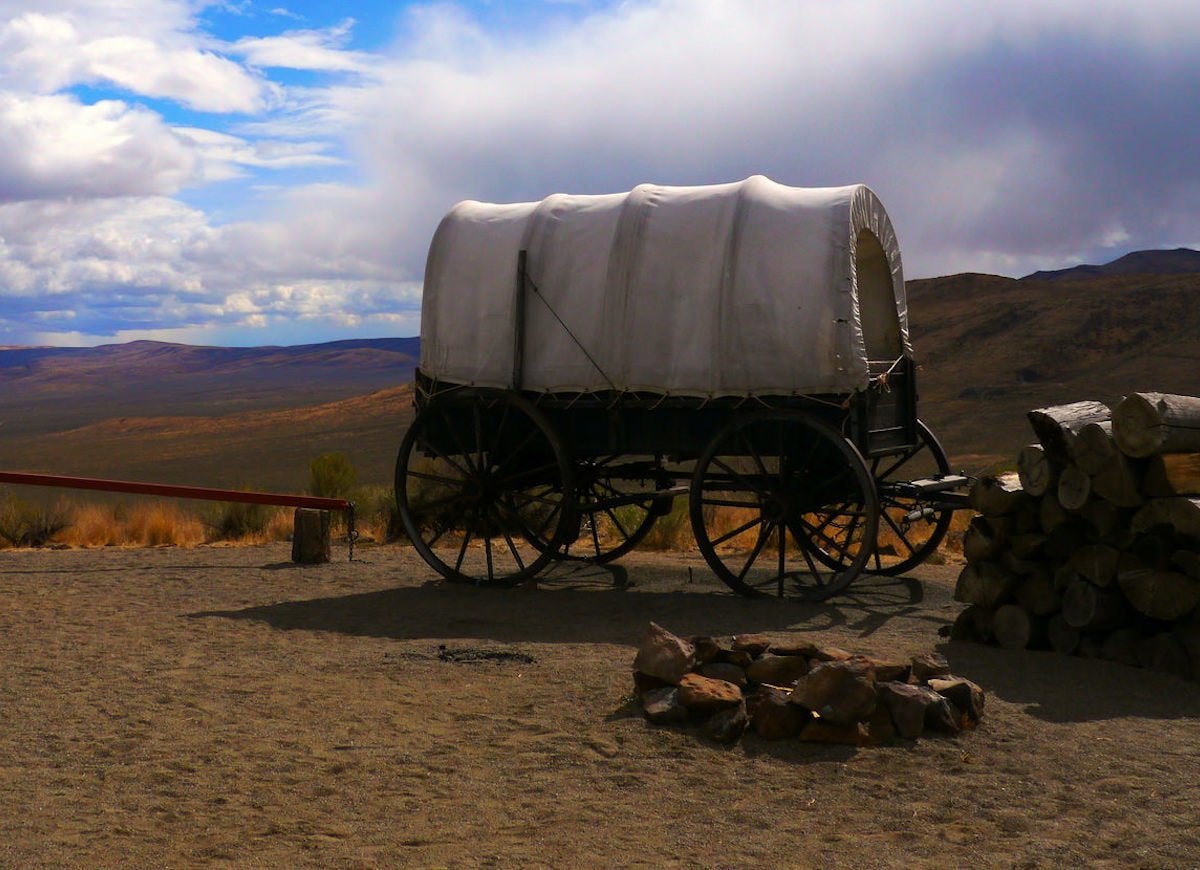
flickr.com via Rick Obst
Explore the history of the famous American frontier trail at this interpretive center atop Flagstaff Hill in Oregon. The museum includes demonstrations, exhibits, and four miles of trails.
National Museum of the American Indian, Washington, D.C.
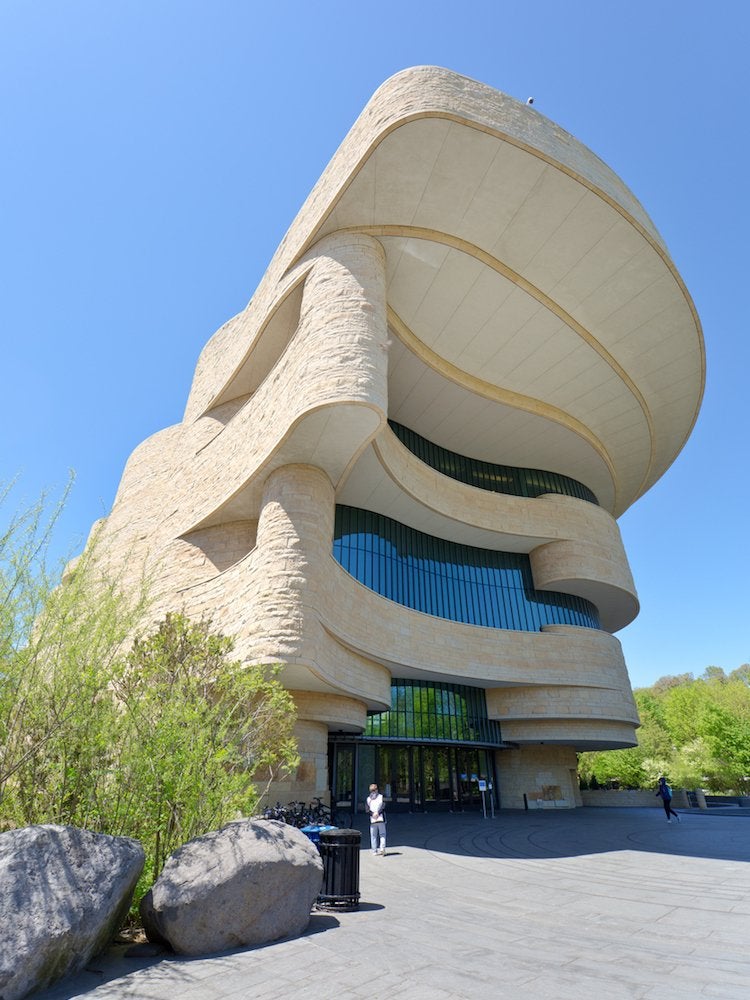
Part of the Smithsonian Institution, the National Museum of the American Indian encompasses three separate facilities: the George Gustav Heye Center in New York City; the Cultural Resources Center in Maryland; and the newest addition, the National Museum of the American Indian on the National Mall, which opened in 2005. The Washington, D.C., museum houses a collection of more than 800,000 artifacts from tribes throughout the Americas.
Independence Hall, Philadelphia
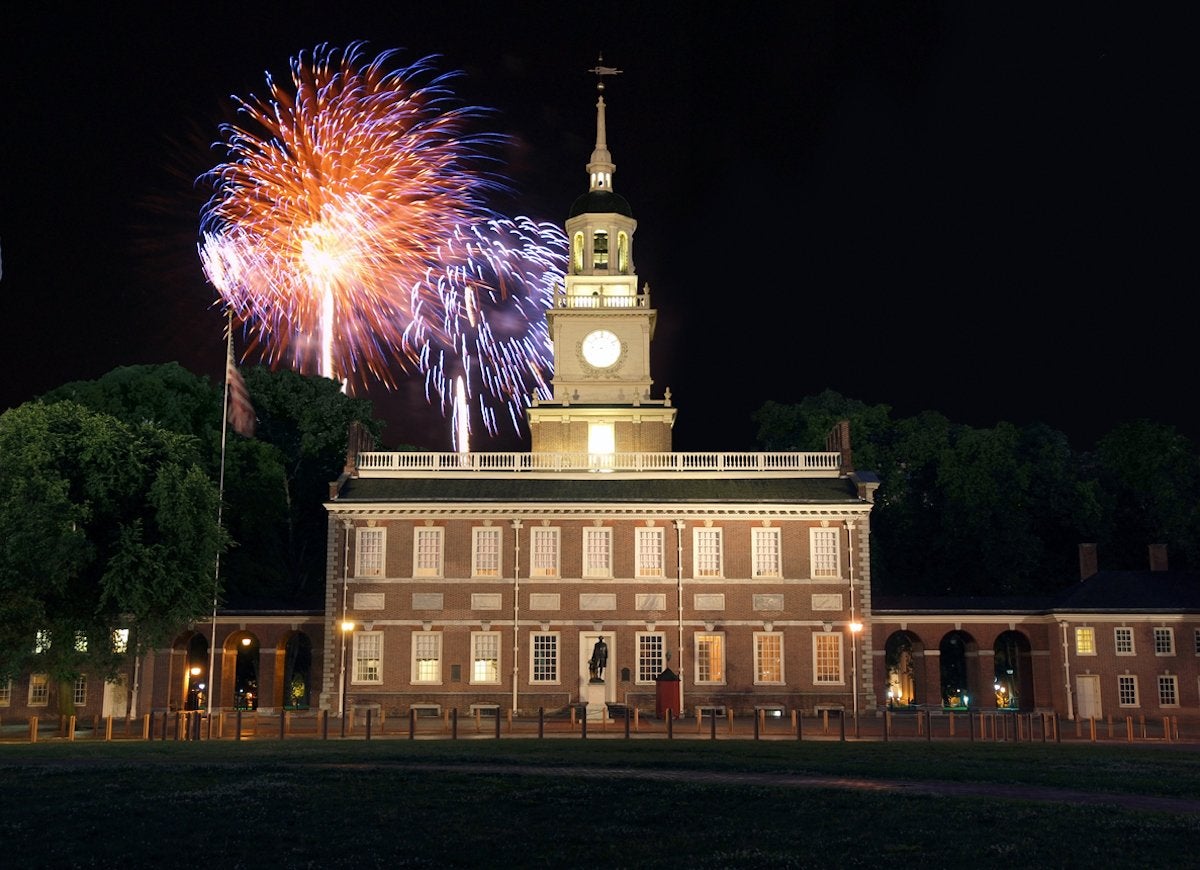
Both the Declaration of Independence and the Constitution were debated and signed in this Philadelphia landmark, which is open for tours.
Mount Vernon, Virginia
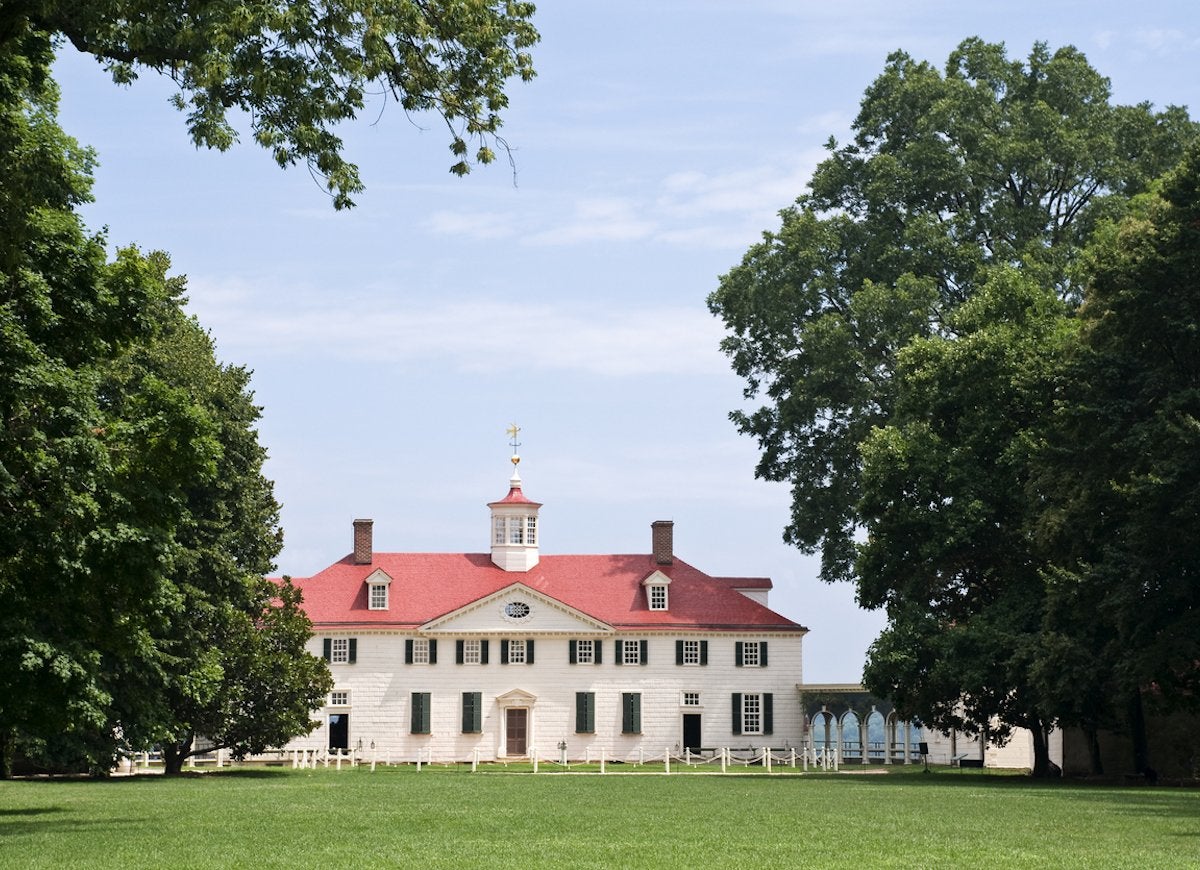
This grand plantation estate on the banks of the Potomac River was once home to George Washington and is open to the public every day of the year, including holidays.
Related: America’s 50 Most Infamous Houses
Norman Rockwell Museum, Stockbridge, Massachusetts
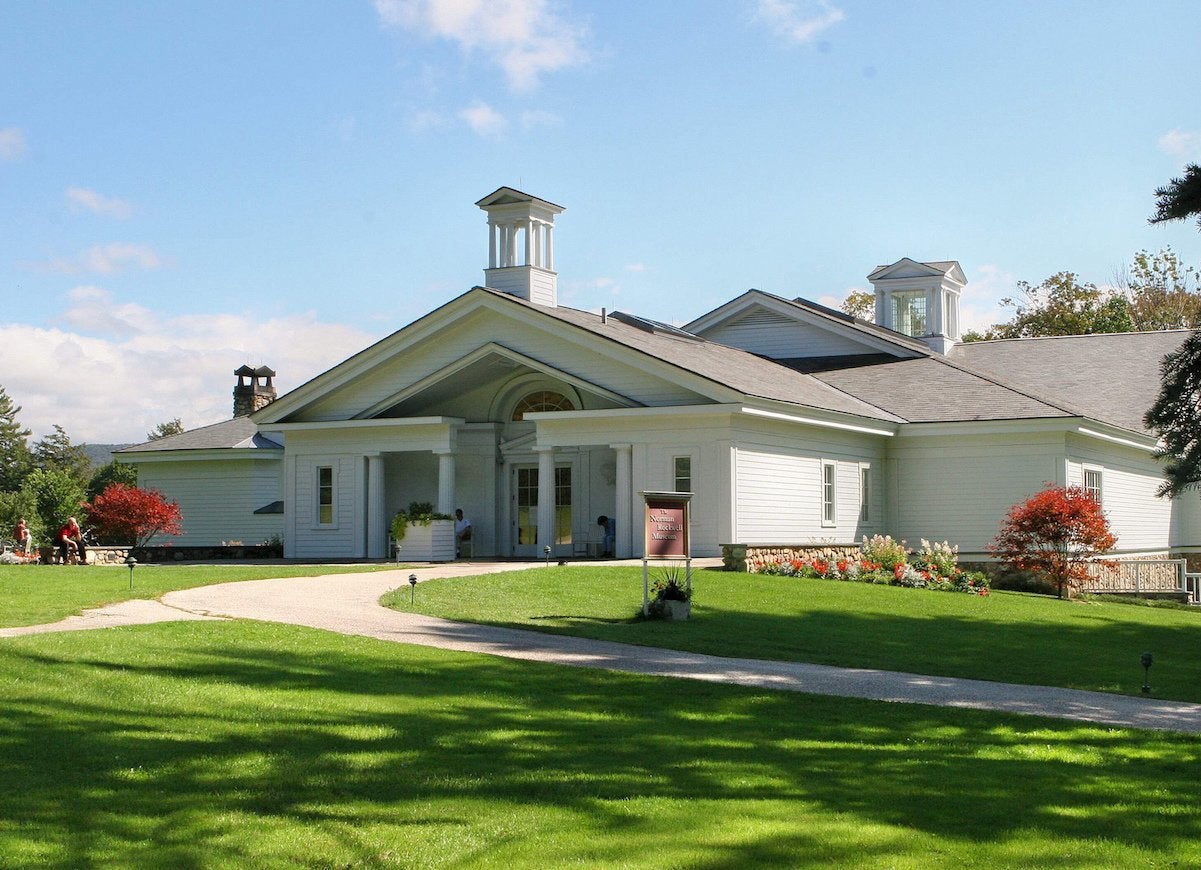
flickr.com via Massachusetts Office of Travel & Tourism
Painter Norman Rockwell is famous for his sentimental depictions of American life in the middle of the 20th century. The largest collection of his work is housed in this Massachusetts museum in the heart of the Berkshires.
Gettysburg National Military Park, Pennsylvania
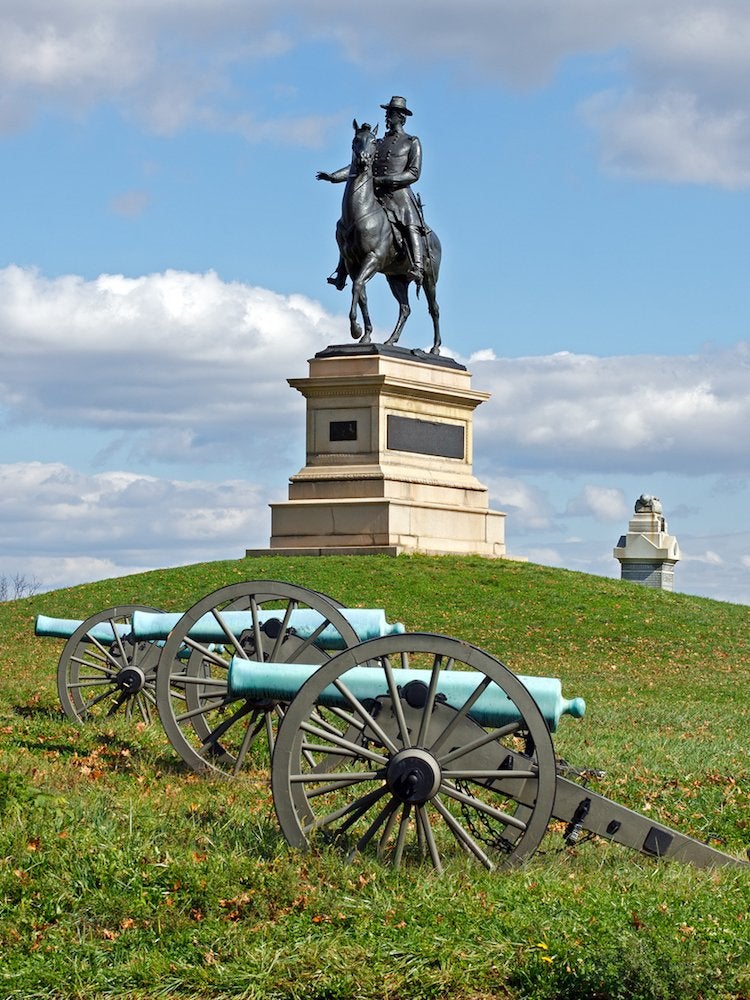
At this sweeping park in Pennsylvania, history aficionados can learn about the Battle of Gettysburg in 1863, and even get into nitty-gritty details like hospitals and supply reserves. Visitors can view 43,000 Civil War artifacts, enjoy self-guided tours through the various landmarks, or try one of the many ranger-guided programs. On July 1 through 3, the 155th anniversary of the battle, special offerings include family history hikes and short programs elucidating key events at the very time they happened more than a century ago.
Related: 20 Amazing Places You Aren’t Allowed to Visit
Freedom Trail, Boston, Massachusetts
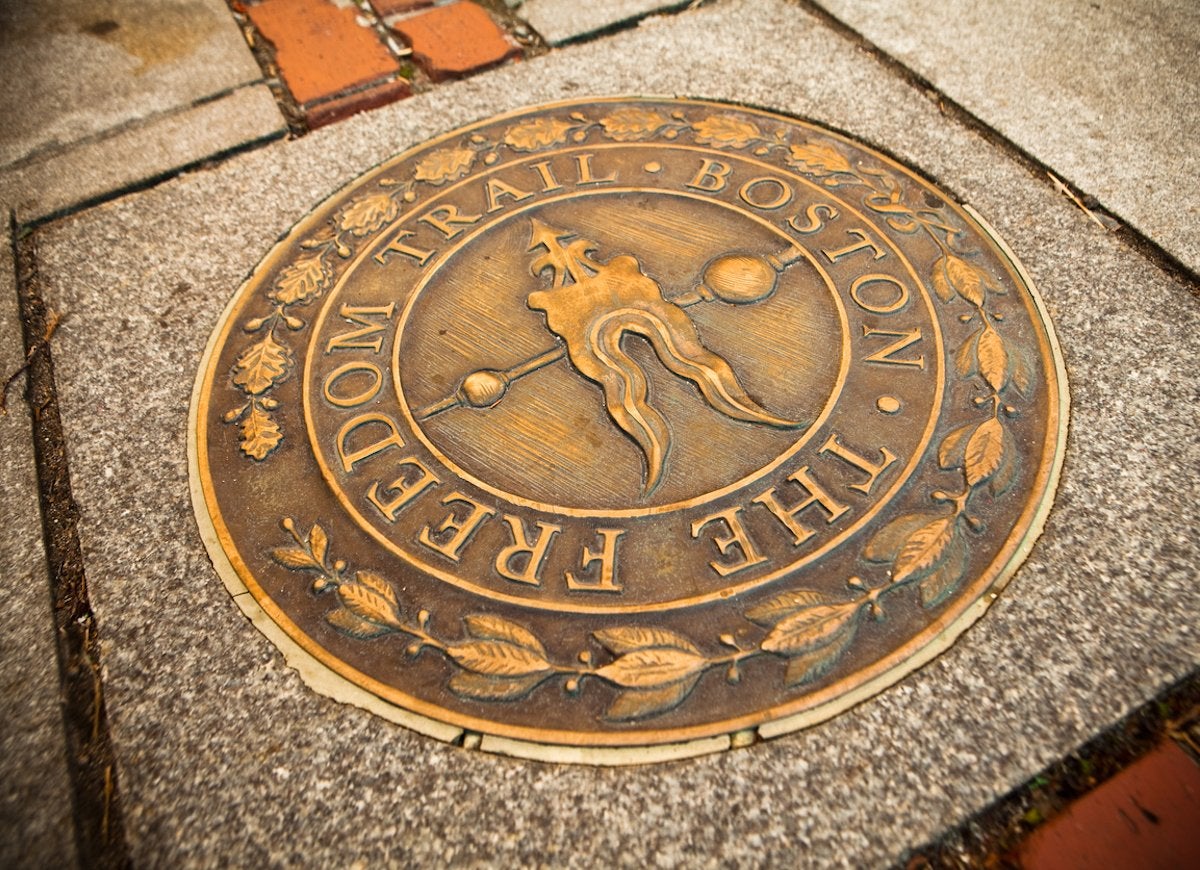
Stroll this 2.5-mile-long path through downtown Boston that passes by 16 historically significant sites, including the Old South Meeting House, the Old State House, and the Paul Revere House as well as various churches and centuries-old graveyards.
Cape Canaveral, Florida
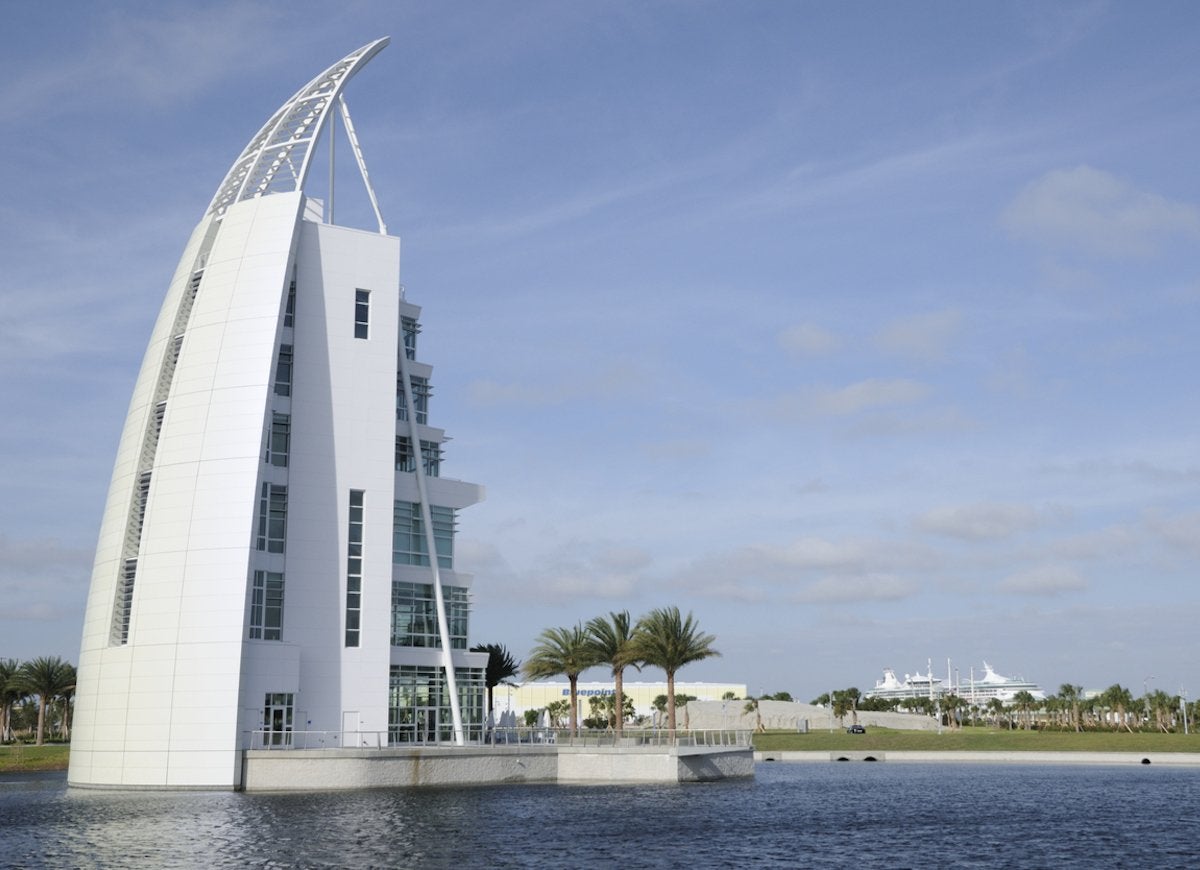
On the eastern coast of Florida, the cape is home to the Kennedy Space Center, where many U.S. spacecraft have been launched, including the moon missions. In addition to a wealth of space-age history, visitors will also find warm, sandy beaches along the “Space Coast.”
Related: 12 Destinations You Should Actually Visit During the Off-Season
